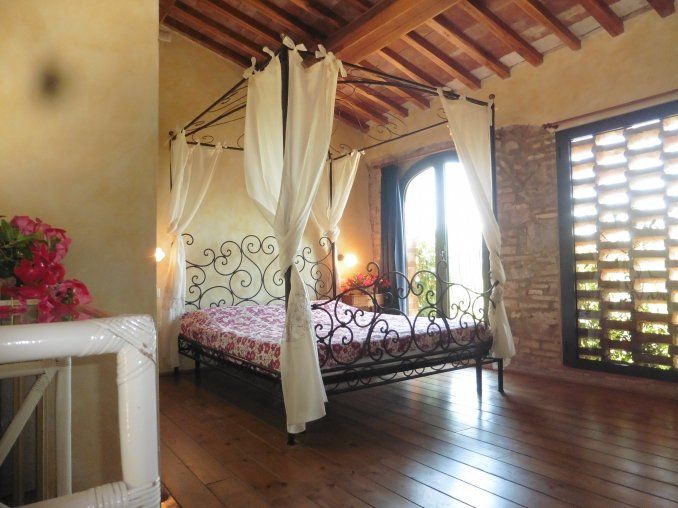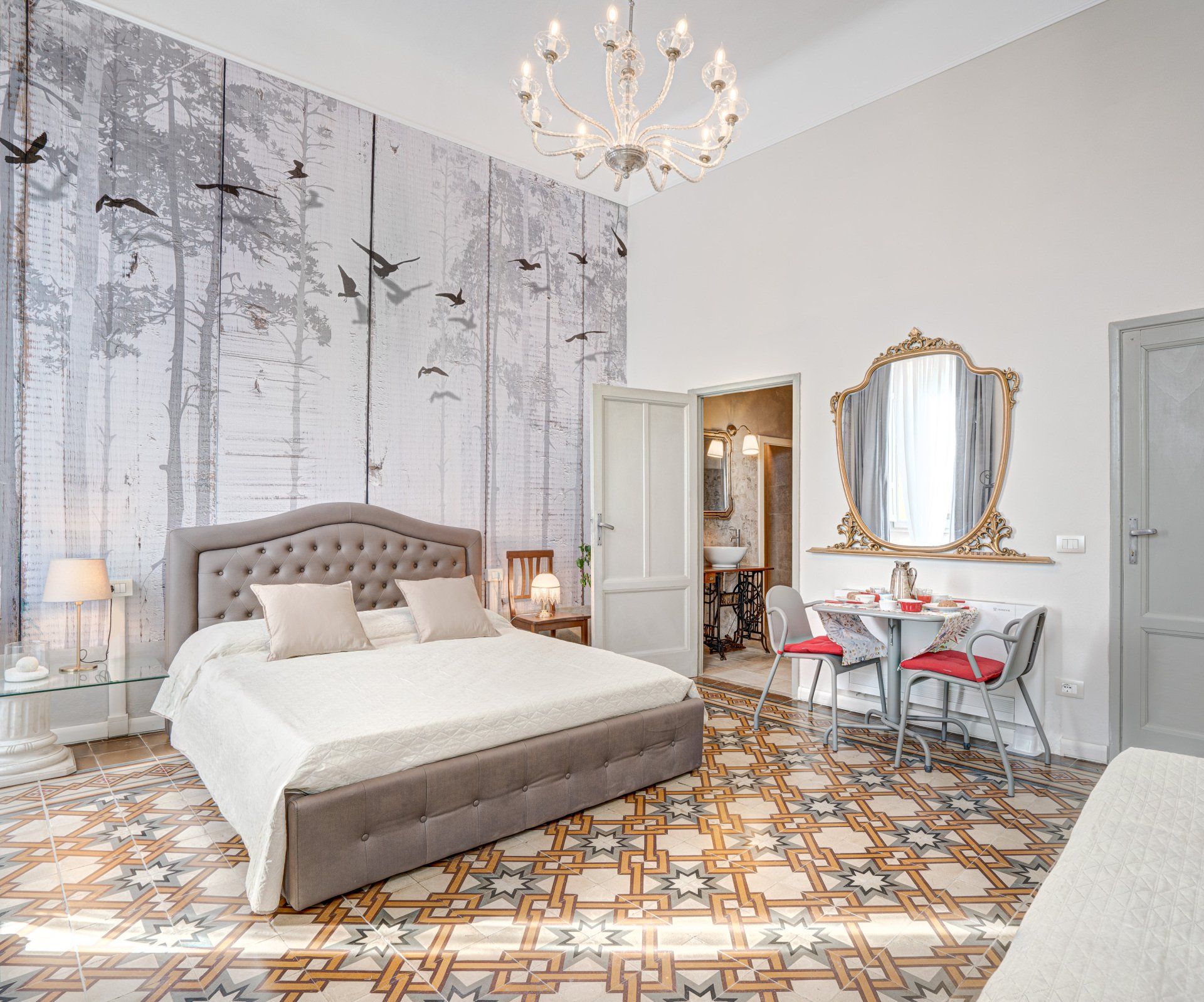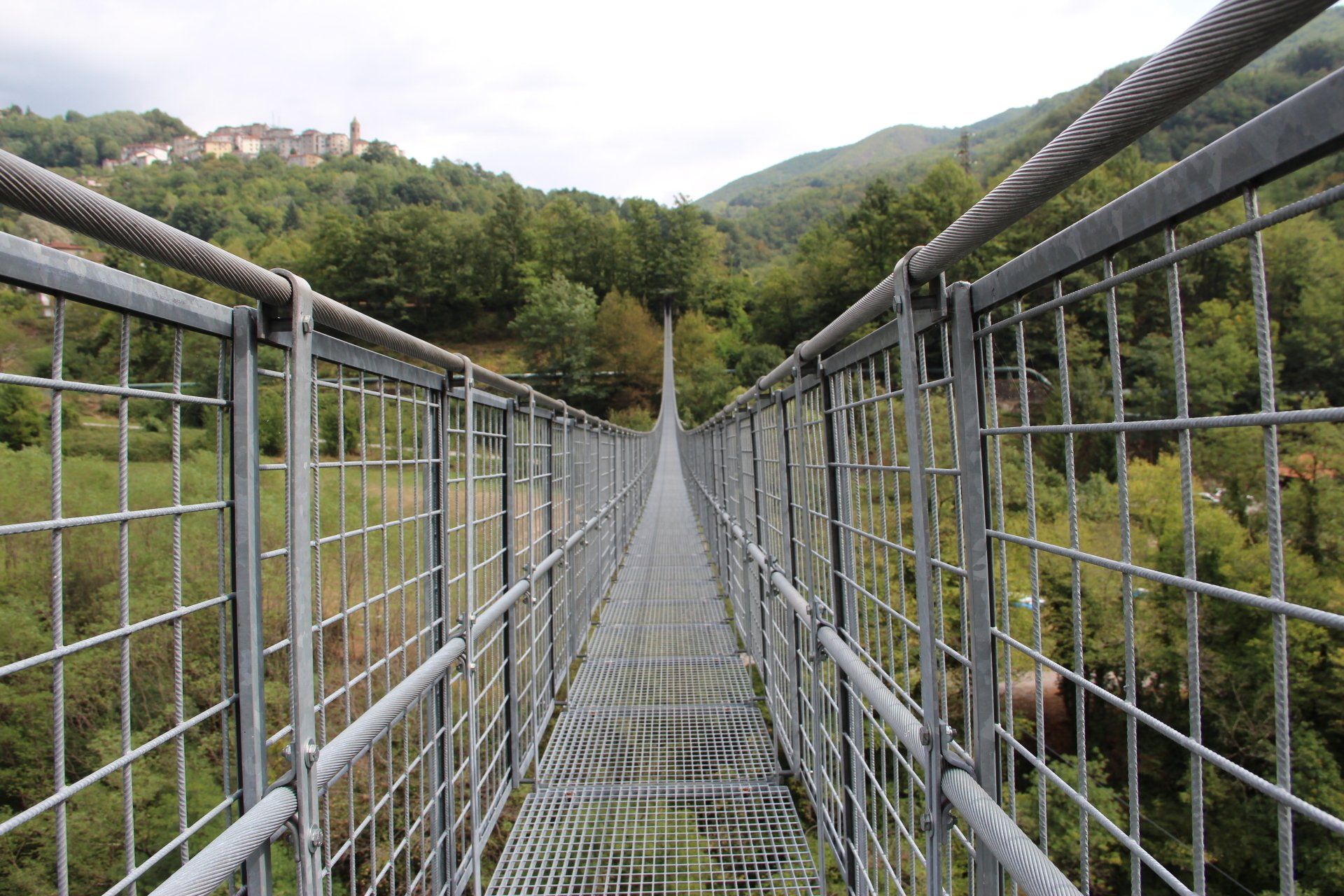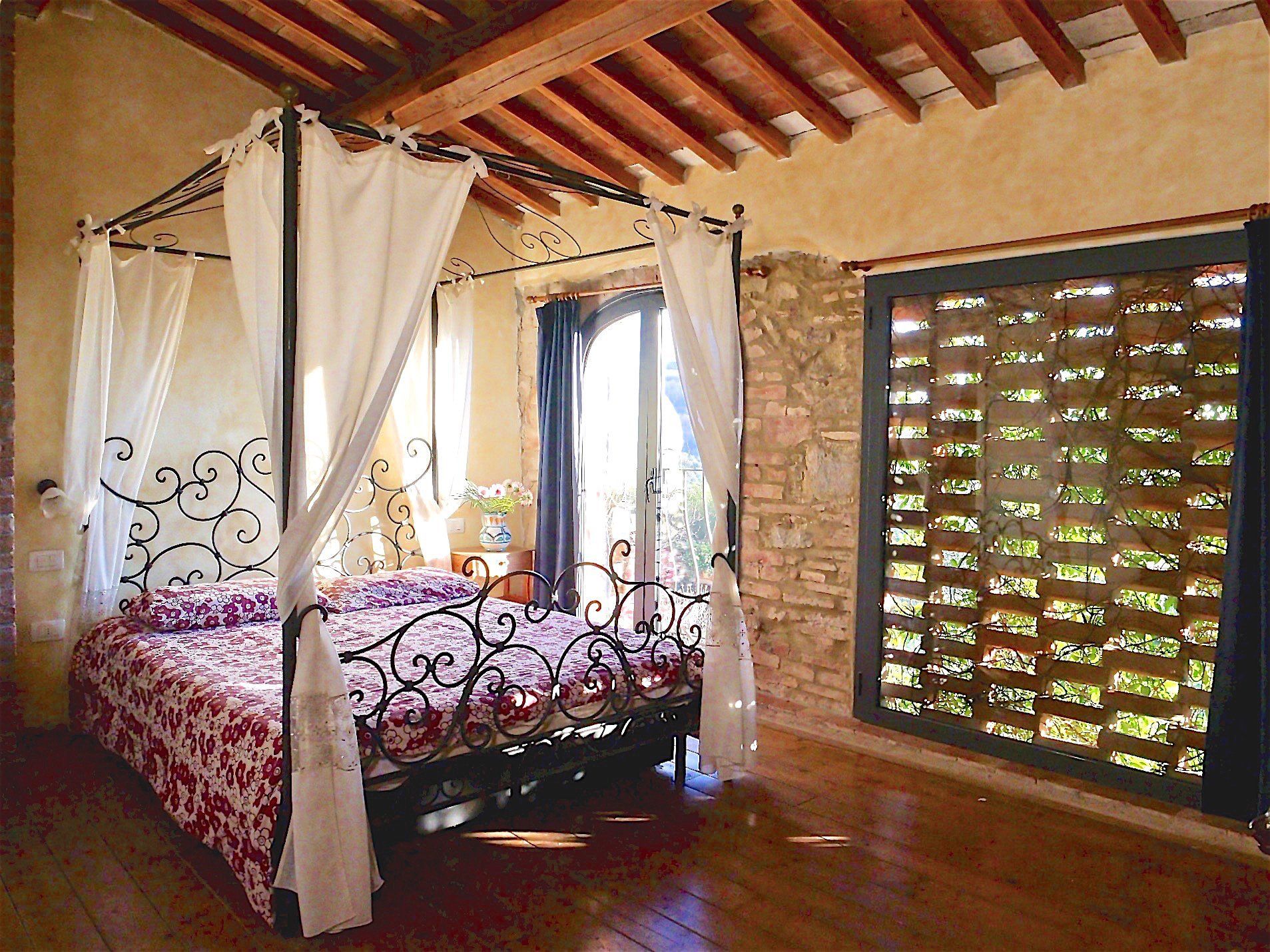Amazing Places
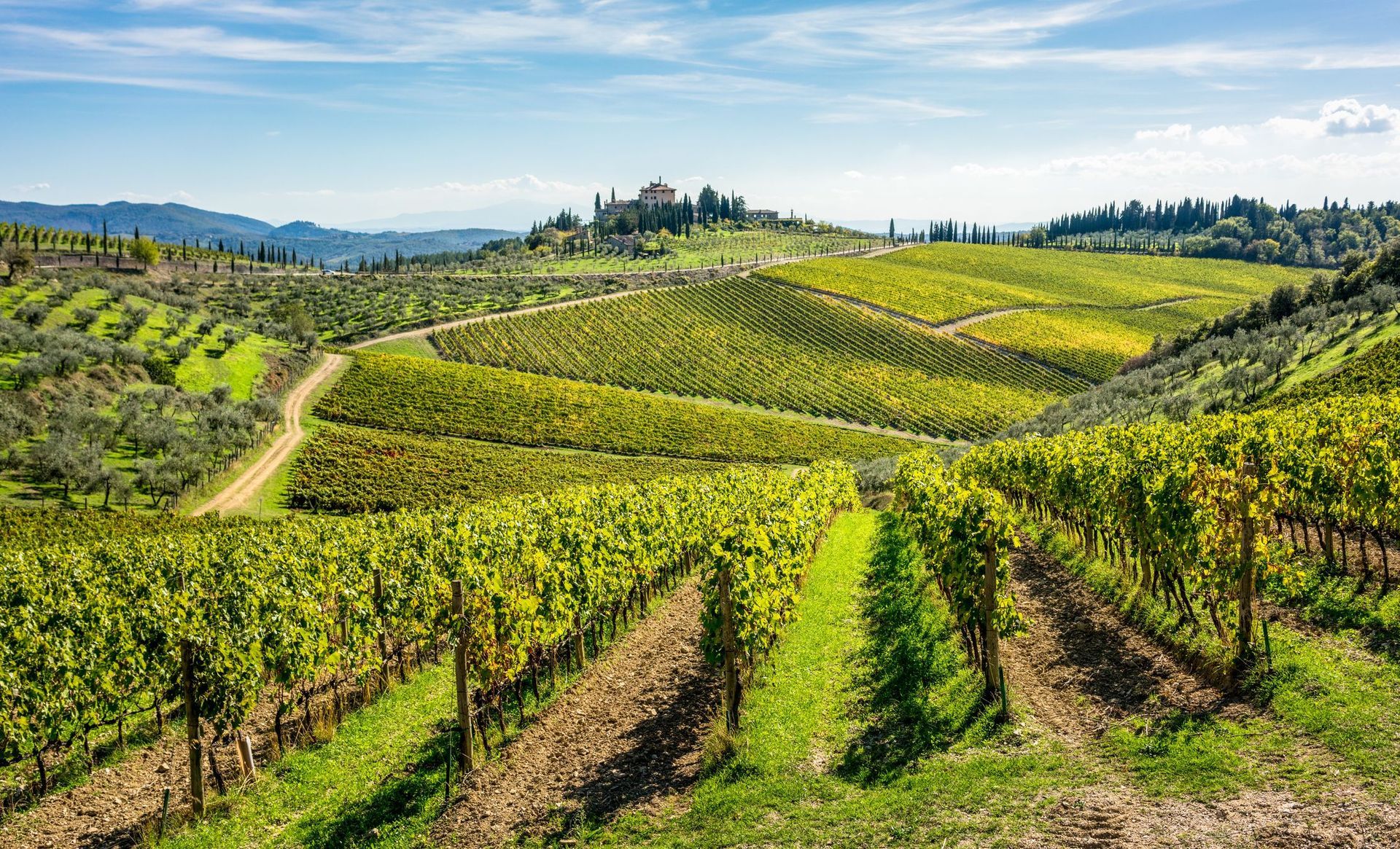
Titolo diapositiva
Scrivi qui la tua didascaliaPulsante
-
The Chianti
The chain of hills of Chianti extends for about twenty kilometres and this might seems as a superficial fact but it’s not if you think about that name Chianti. Many people think that it comes from the word “vino” (wine) but the true meaning of the world is actually “colline” or “zona montagnosa” (hills or mountainous area). But it’s obvious that the etymology of the word hasn’t been very helpful in the argumentation about where to line out the border of the “official” and the A.o.c.g. Chianti area (a very old and important conflict for the fortunate people that own a piece of this precious land) since three quarters of the Tuscan territory are characterized by hillsides and mountainous areas. Without wanting to stir up a hornet‘s nest or solve the unsolved economic questions connected to the use of the wine brand, but for the sake of clarity we can distinguish between “two Chianti”: one is the “classico” (classical), or “limited” so to say, including the municipalities of Greve, Castellina, Gaiole and Radda, which in the official denomination are called “in Chianti” and that corresponds to very precise territorial areas; and the other one is the so called Chianti “allargato”(enlarged/extended) including the municipalities of San Casciano and Tavarnelle Val di Pesa, Barberino Val d’Elsa, Poggibonsi and Castelnuovo Berardenga. In addition to those there are also the denominations of Chianti such as Chianti Rufina, the Chianti Colli fiorentini, the Chianti Montespertoli and so on but the later ones are only connected to wine production and doesn’t have any historic or geographical connections the other areas of Chianti. But is it really important for the tourist to know where the Chianti district finishes? Does it make any difference if she or he is in the municipality of Gaiole or Montevarchi when the beautiful green landscape is similar and equally breathtaking? Why should the enotourist be interested in what is written on the wine label when the bottle contains the beauty of the surrounding hills? In some way the tourist will be able to bring those hills home and relive the beauty again when opening the bottle years after and hundreds of kilometres away, as a memory of a happy day to enjoy whenever and wherever in the time and space of 75cl. So why argue about where when Chianti, today, has become also, if not primary, a spiritual place?
The Chianti
26/2/2023
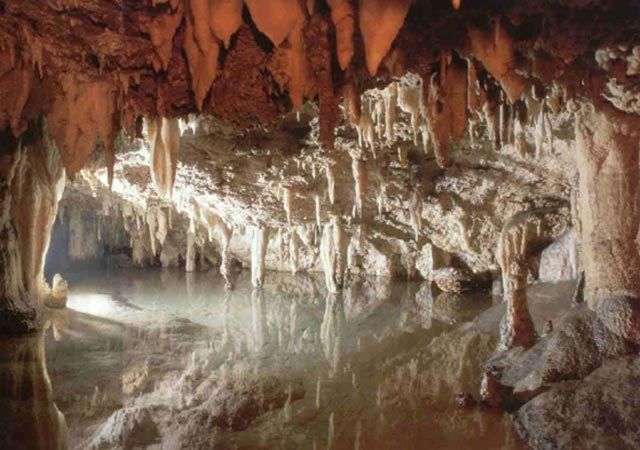
Slide title
Scrivi qui la tua didascaliaButton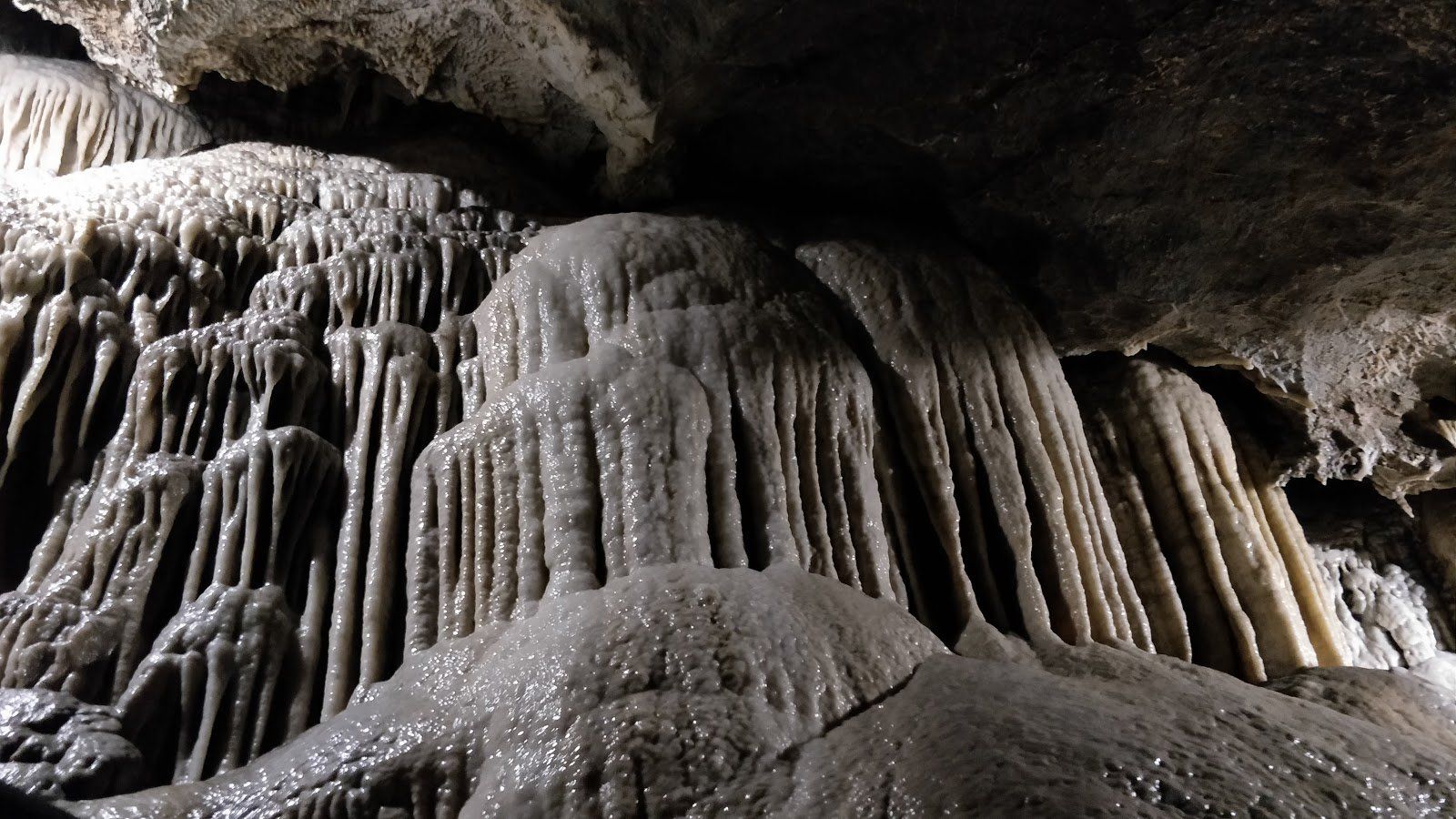
Slide title
Scrivi qui la tua didascaliaButton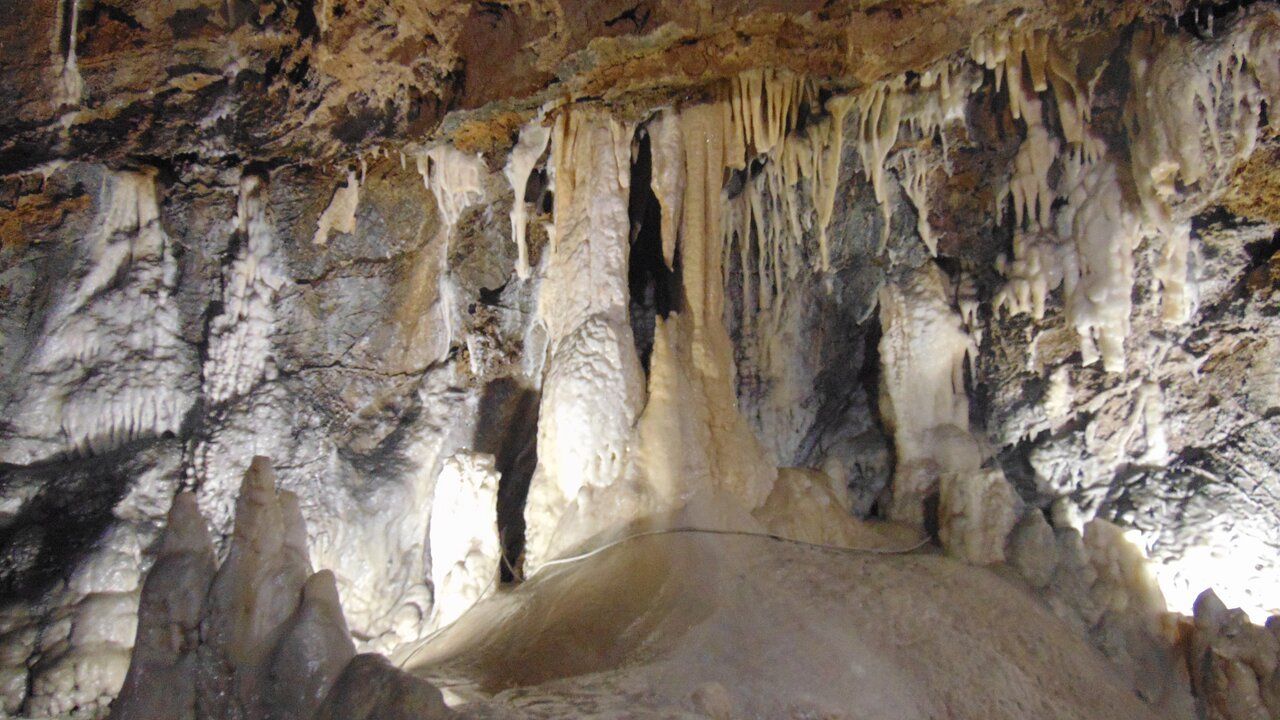
Slide title
Scrivi qui la tua didascaliaButton
-
Garfagnana - Grotta del Vento - Wind Cave
The Wind Cave is in Garfagnana, in the center of Apuan Alps Park, in an area rich in spectacular and interesting karst phenomena. Here the weather conditions have constantly dug, carved and modeled the limestone rock, creating impressive natural sculptures.
The Wind Cave offers visitors a complete panorama of underground karst environments: the result of an evolution process which began 20 million years ago and still continues today.
The Wind Cave offers an exceptional variety of underground karst aspects ranging from living and shining stalactites and stalagmites, to little lakes, water courses, forms of erosion, mud formations and even perfectly-vertical shafts which can be visited with practical walkways.
Equipped since 1967 with practical walkways, it offers everyone the opportunity to admire the wonders of the underground world in conditions of absolute safety.
The temperature is +11°C. Spring or autumns clothing is recommended.
-
Opening times and tickets
Grotta del Vento
I-55020 Fornovolasco (LU)
Tel. 0583-722024
You can choose between 3 different itineraries that cost 9, 14 and 20 Euro.
Audio guides
In the Wind Cave all the tours are guided. Whereas the guide in Italian is available at any time, the frequency and availability of groups guided in other languages is variable and depends on the season.
In the case of a group not being available in the language chosen, an audio guide can be requested at the ticket office. It contains a detailed description of the cave in the following languages: English, German, French, Spanish, Polish, Dutch, Russian, Swedish, Portuguese.
The audio guide service is free.
Opening times
January- February: 9,30-16,30
March: 9,30-17,30
April- May: 9,30-18,30
June-September: 9,30-20,00
October: 9,30-17,30
November-December: 9,30-16,30
The Wind Cave is accessible every day of the year (25 December excluded)
More info on: www.grottadelvento.com
Garfagnana La Grotta del Vento - Timetable and Entrance Tickets
14/8/2022
Slide title
Scrivi qui la tua didascaliaButton
-
Mammiano - the Suspension Bridge
We suggest you an excursion to Mountain of Pistoia where you can discover a really particular engineering work. It is not a masterpiece, but a suspension bridge across the stream Lima on the road to Abetone, immediately after San Marcello Pistoiese, in Mammiano Basso: it is to be seen, especially if you don’t suffer from vertigo. It was built in 1922 and few data explain its exceptionality. The length is 220 metres and the maximum height is 40 metres! It is one of the longest pedestrian bridges in the world. The steel ropes are anchored by stocky chains to concrete rocks; the rope bridge, large less than a metre, is made of reinforced iron boards and a metallic net; there are also side tie beams to make it less wobbly and safer. Today it is a sought-after attraction for those tourists who look for a surge of adrenalin. However, it was built for another reason: as shortcut for the local workers who went to work to the metallurgic factory of Campotizzoro, on the other side of the valley. Earl Vincenzo Douglas, the then manager of the Società Metallurgica Italiana (now Europa Metalli), had the idea to build it and called his shop foreman, Filiberto Ducceschi, to carry out the mechanic part and his head bricklayer for the building one. It took about two years and 30 men at work to build it. Since that spring day over two millions of people have been crossing it!
Huge its charm, impossible not to try the thrill of crossing it at least once.
Mammiano Suspended Bridge. Short story
14/8/2022
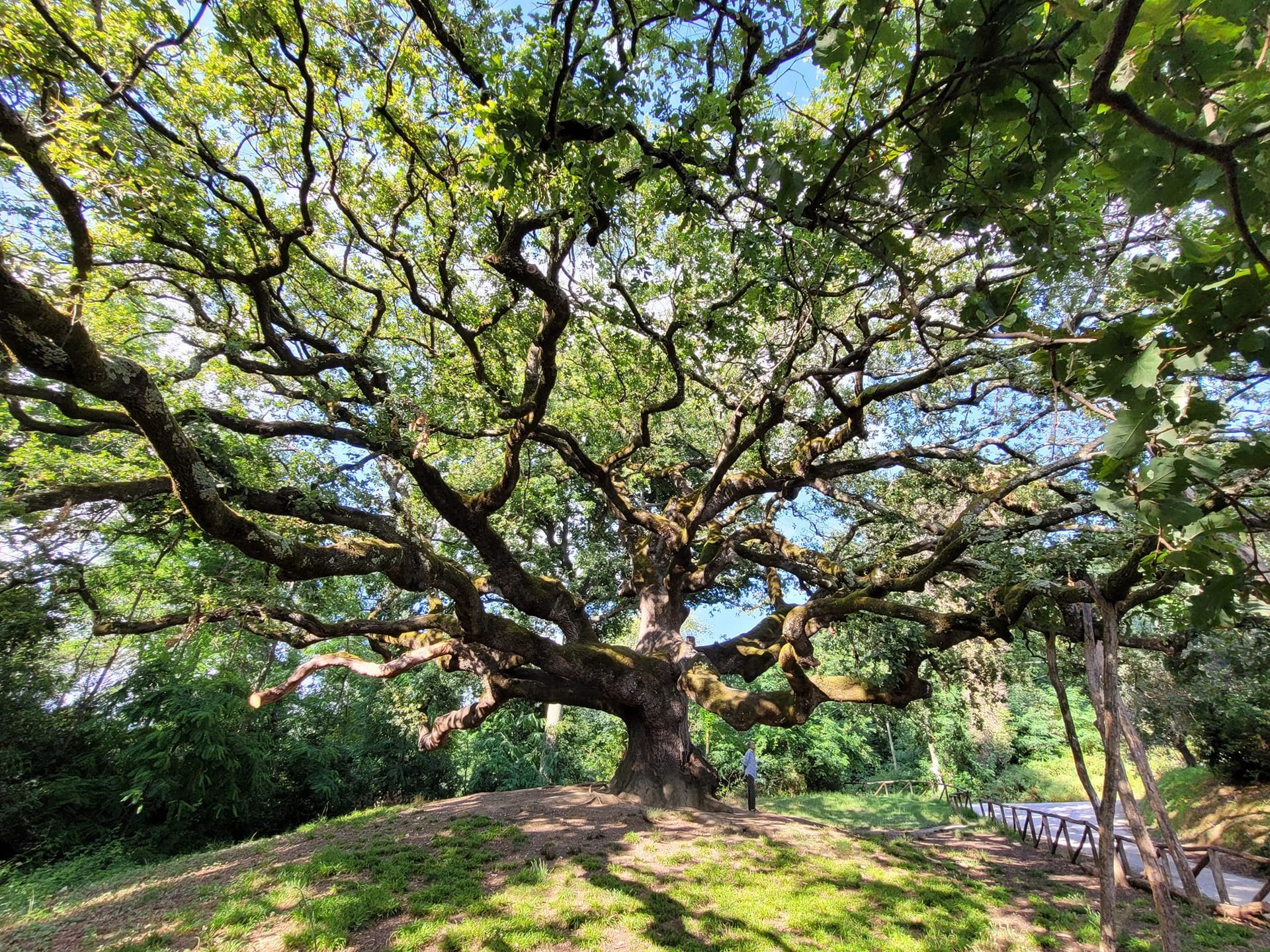
Titolo diapositiva
Scrivi qui la tua didascaliaPulsante
Titolo diapositiva
Scrivi qui la tua didascaliaPulsante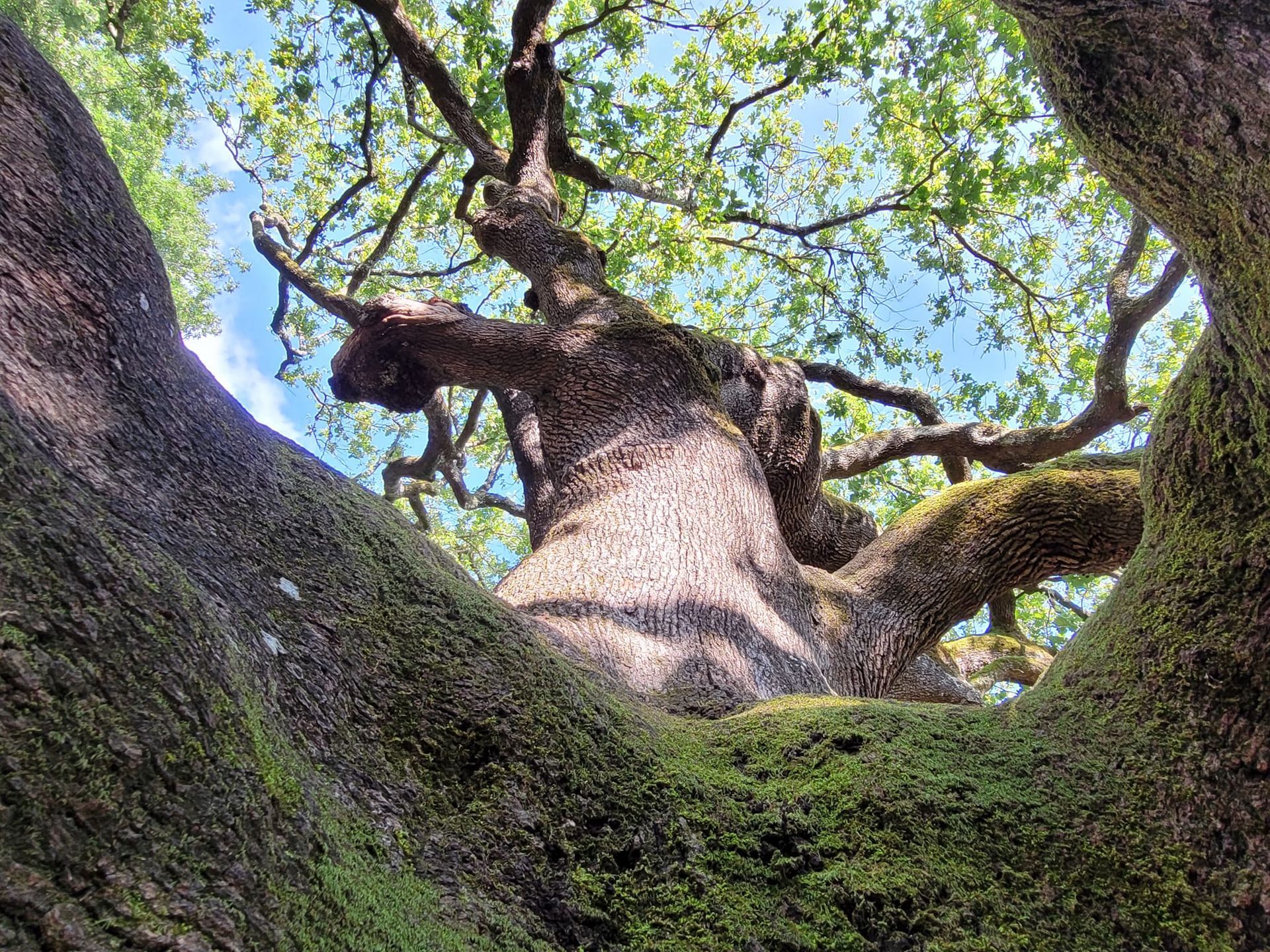
Titolo diapositiva
Scrivi qui la tua didascaliaPulsante
Titolo diapositiva
Scrivi qui la tua didascaliaPulsante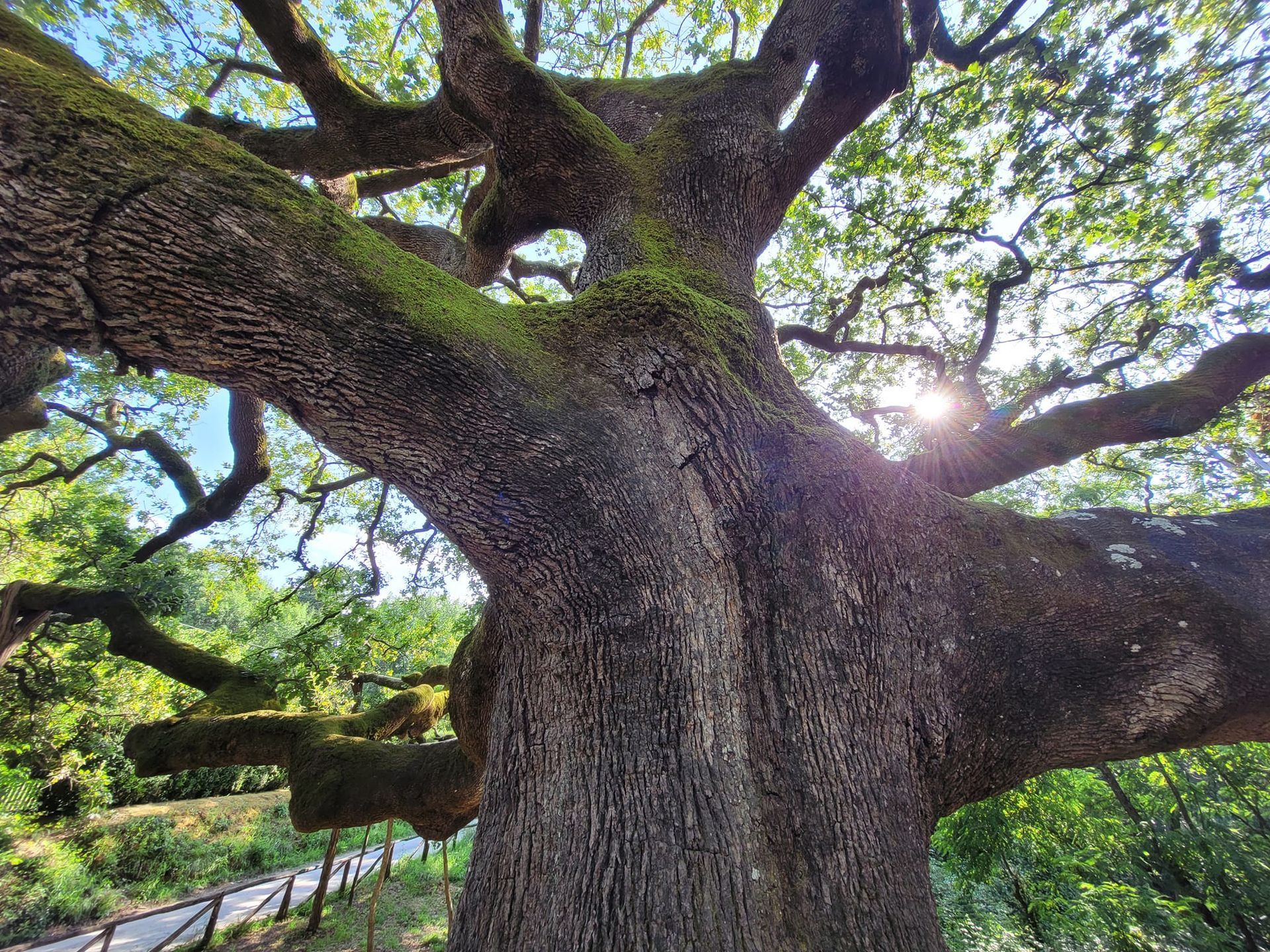
Titolo diapositiva
Scrivi qui la tua didascaliaPulsante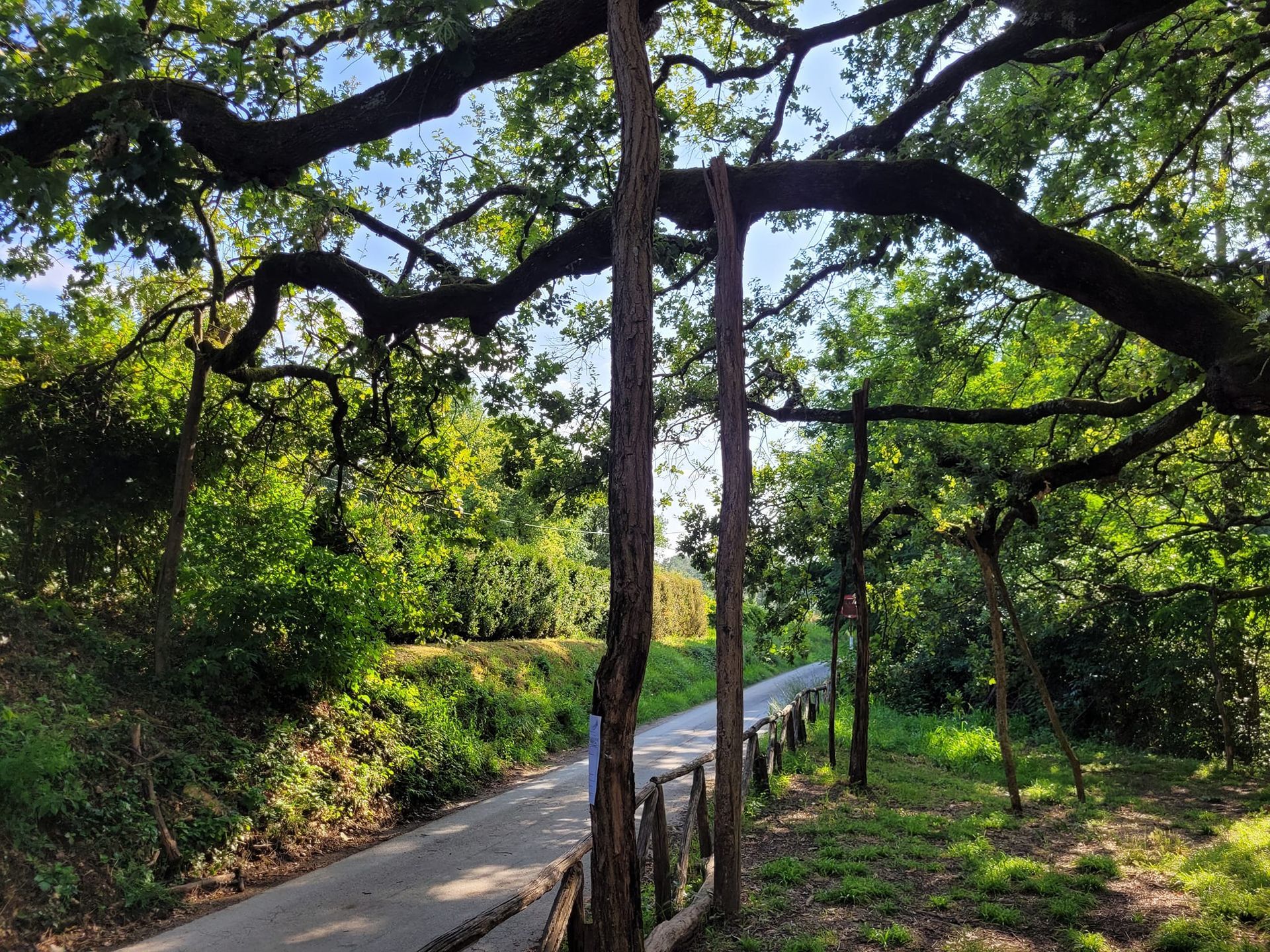
Titolo diapositiva
Scrivi qui la tua didascaliaPulsante
Titolo diapositiva
Scrivi qui la tua didascaliaPulsante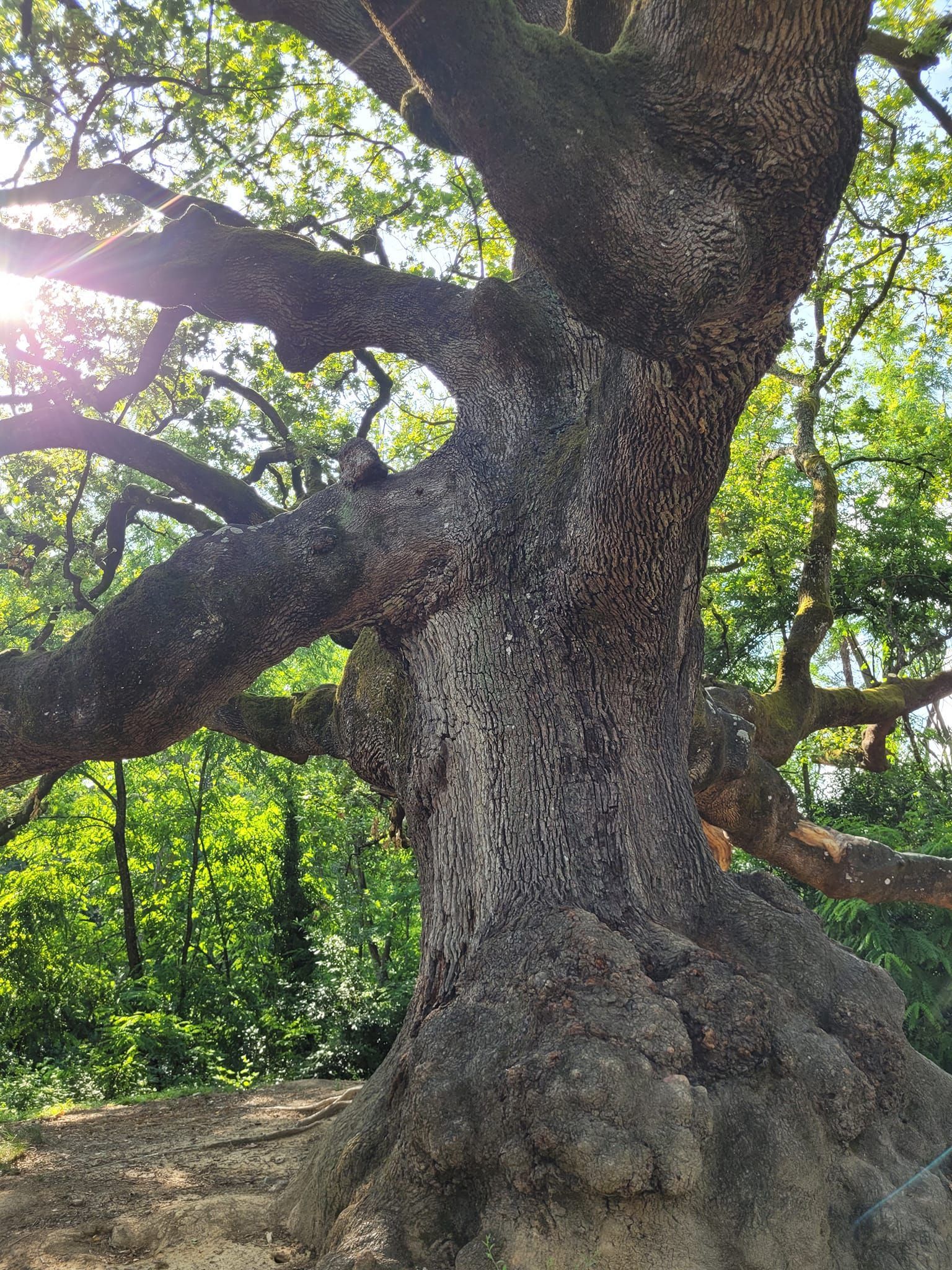
Titolo diapositiva
Scrivi qui la tua didascaliaPulsante
-
Capannori (LU) - Oak of the witches
Along the provincial road that leads to Lucca there is a monumental tree of great beauty that deserves a stop to be admired. it is an oak of the species Quercus pubescens.
It is a tree of imposing proportions, with a trunk of over four meters in circumference and an extension towards the sky for a height of over twenty-five meters.
The age of the plant is about 600 years and is included in the lists of monumental trees in Italy.
Approaching and standing under this huge tree crown that extends for a diameter of over 40 meters is almost a mystical experience. Going around it and observing the development of the enormous branches that extend far more horizontally than in height, offering continuous changes of perspective and incredible shapes, leave you surprised and amazed by this masterpiece of nature.
Some of the mighty branches rest on stakes to support the weight of this great sage.
Its grandeur and particular shape have stimulated the popular imagination which attributes two legends to it. The first is the one from which the popular name "Oak of the witches" derives according to which the shape that favors the development of the branches more horizontally than upwards is due to the fact that the oak was a meeting point for the witches under which they danced and practiced their sabbatical rites.
The second legend is connected with the story “The Adventures of Pinocchio. Story of a puppet". This would be the "big oak" where Pinocchio was hanged by the assassins who wanted to steal his four gold coins and near which the puppet then met the Cat and the Fox, who convinced him to bury the money in the Campo dei Miracoli in the city of Acchiappacitrulli where, according to them, a tree full of gold sequins would have grown. For this reason the tree is also called "Pinocchio's Oak".
Capannori (LU) - Oak of the witches
2/7/2023
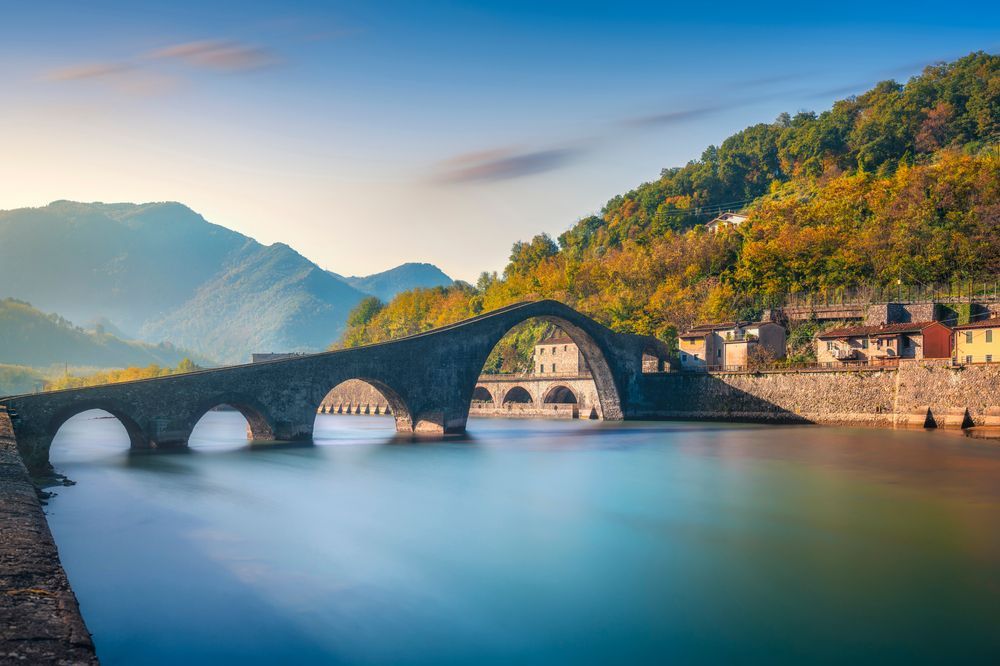
Titolo diapositiva
Scrivi qui la tua didascaliaPulsante
-
Borgo a Mozzano - the Devil's Bridge
In Borgo a Mozzano, just 20 km from Lucca, there is a bridge considered a masterpiece of medieval architecture that attracts many visitors every year for its beauty and legendary history. It is the so-called Devil's Bridge, perhaps built in the 11th century at the behest of the Countess Matilde of Canossa. It has a very particular shape, called donkey back. It is formed by 3 imposing arches, the largest of which reaches a height of 18 m and is incredibly wide, giving the bridge a strange and evocative appearance that lends itself very well to becoming the protagonist of mysterious stories. Its name is linked to a legend according to which the bridge was built in just one night by the devil himself, who had offered his help to a master builder who had received the job, but the construction times had been enormously long. The Devil disguised as a respectable businessman told him that he would be able to finish the bridge in a single night in exchange for the soul of the first person who crossed it. The builder agreed and the devil built the bridge in just one night.
Taken by remorse, the builder told everything to the village parish priest. Together the two elaborated a clever stratagem to deceive the evil one: they made a dog (in some versions a goat or a pig) cross the bridge, thus saving the souls of all the inhabitants of the town. Seen deceived, it was the devil who gave the bridge its strange shape to take revenge for the ruse.
The Devil, furious at having been defeated, jumped into the waters of the Serchio river and was never seen again in those surroundings.
It has become an ideal place to celebrate Halloween, loved by young people who, with their vampire, witch and monster costumes, meet here celebrating near this splendid architecture.
Borgo a Mozzano - the Devil's Bridge
27/3/2023

Titolo diapositiva
Scrivi qui la tua didascaliaPulsante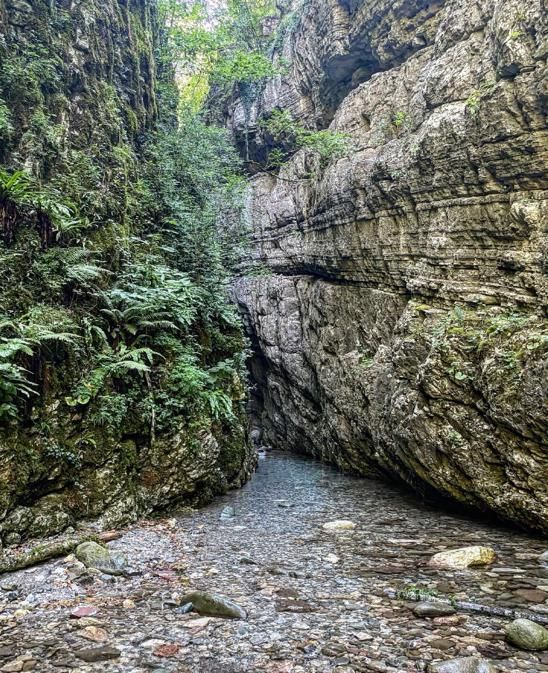
Titolo diapositiva
Scrivi qui la tua didascaliaPulsante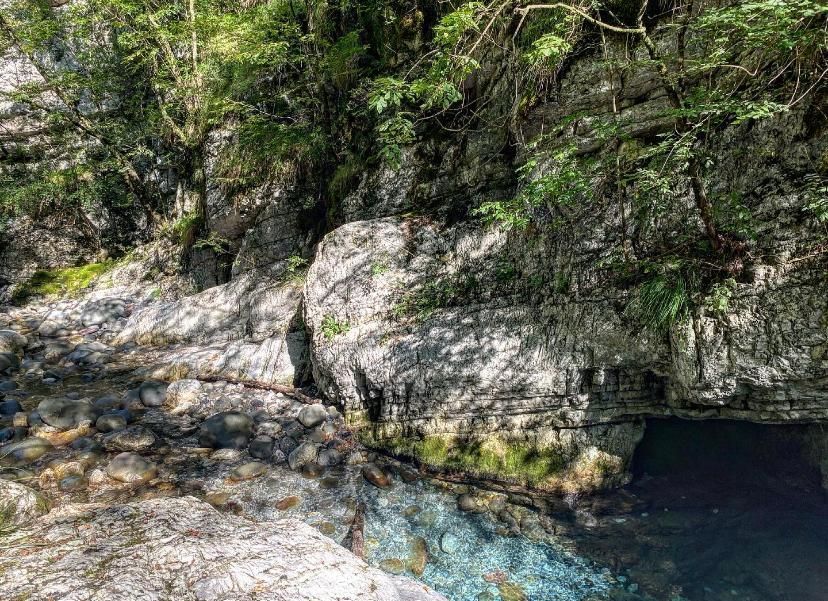
Titolo diapositiva
Scrivi qui la tua didascaliaPulsante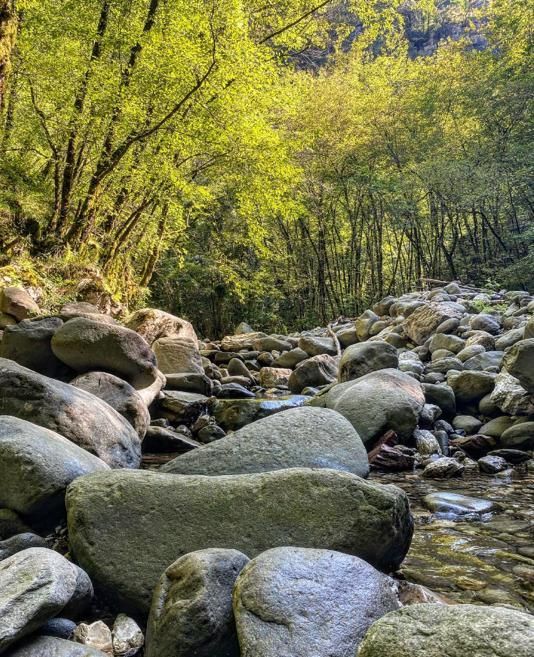
Titolo diapositiva
Scrivi qui la tua didascaliaPulsante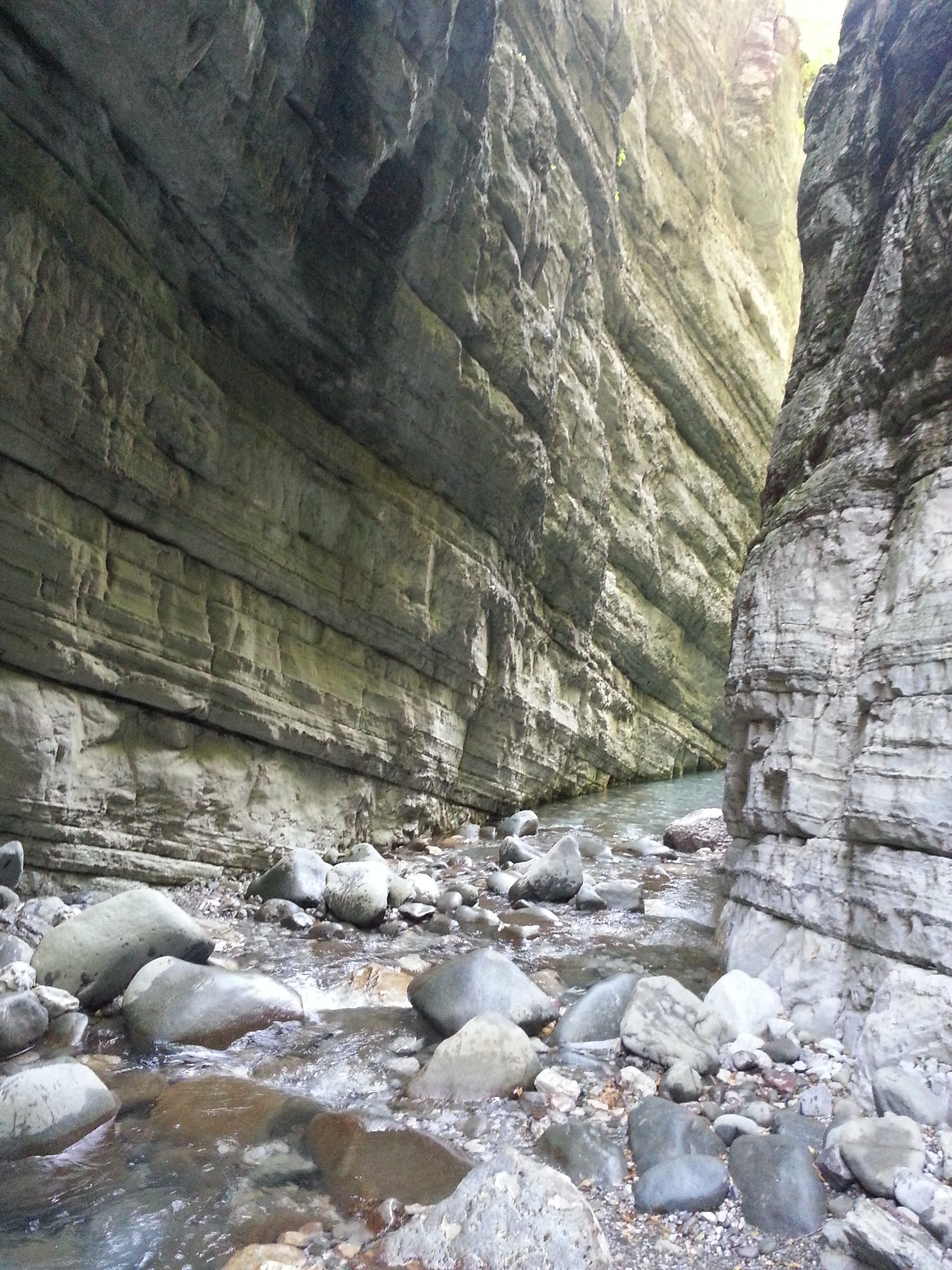
Titolo diapositiva
Scrivi qui la tua didascaliaPulsante
Titolo diapositiva
Scrivi qui la tua didascaliaPulsante
Titolo diapositiva
Scrivi qui la tua didascaliaPulsante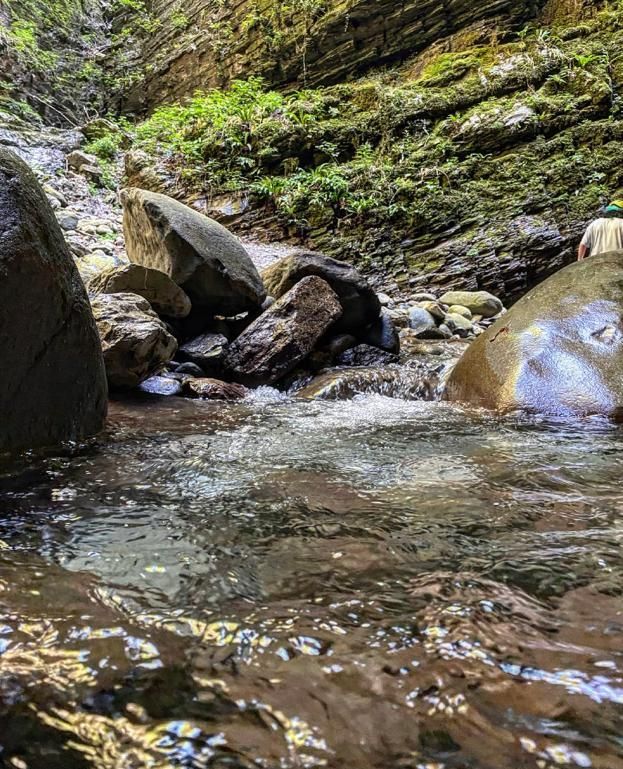
Titolo diapositiva
Scrivi qui la tua didascaliaPulsante
Titolo diapositiva
Scrivi qui la tua didascaliaPulsante
Titolo diapositiva
Scrivi qui la tua didascaliaPulsante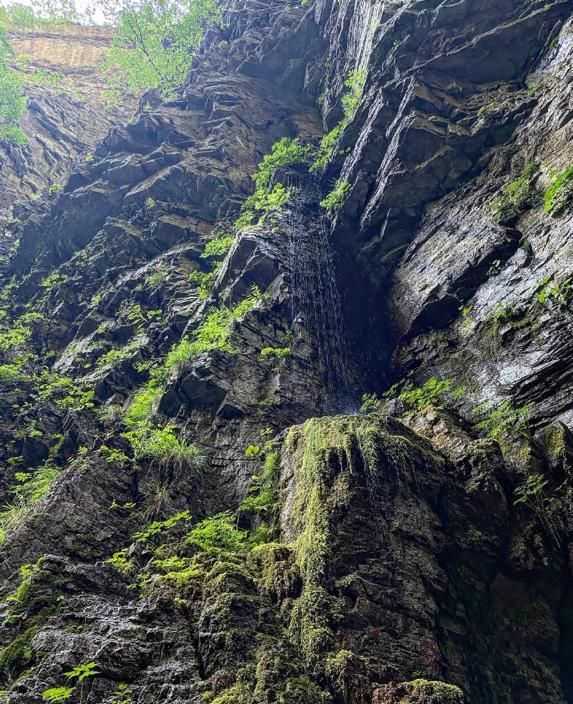
Titolo diapositiva
Scrivi qui la tua didascaliaPulsante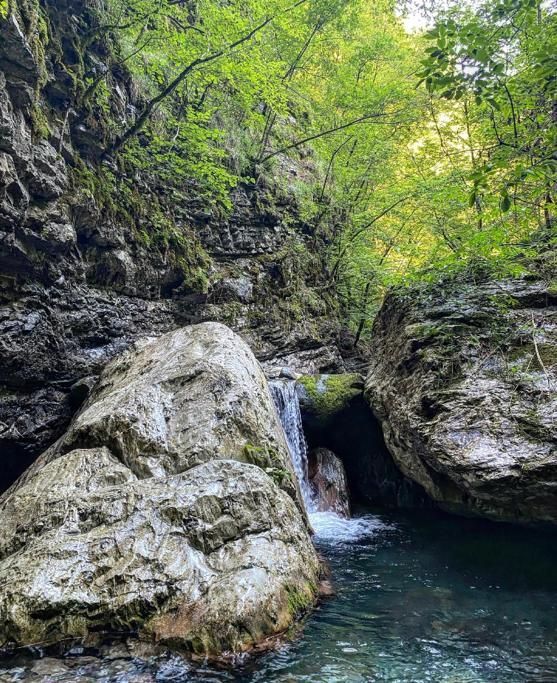
Titolo diapositiva
Scrivi qui la tua didascaliaPulsante
Titolo diapositiva
Scrivi qui la tua didascaliaPulsante
Titolo diapositiva
Scrivi qui la tua didascaliaPulsante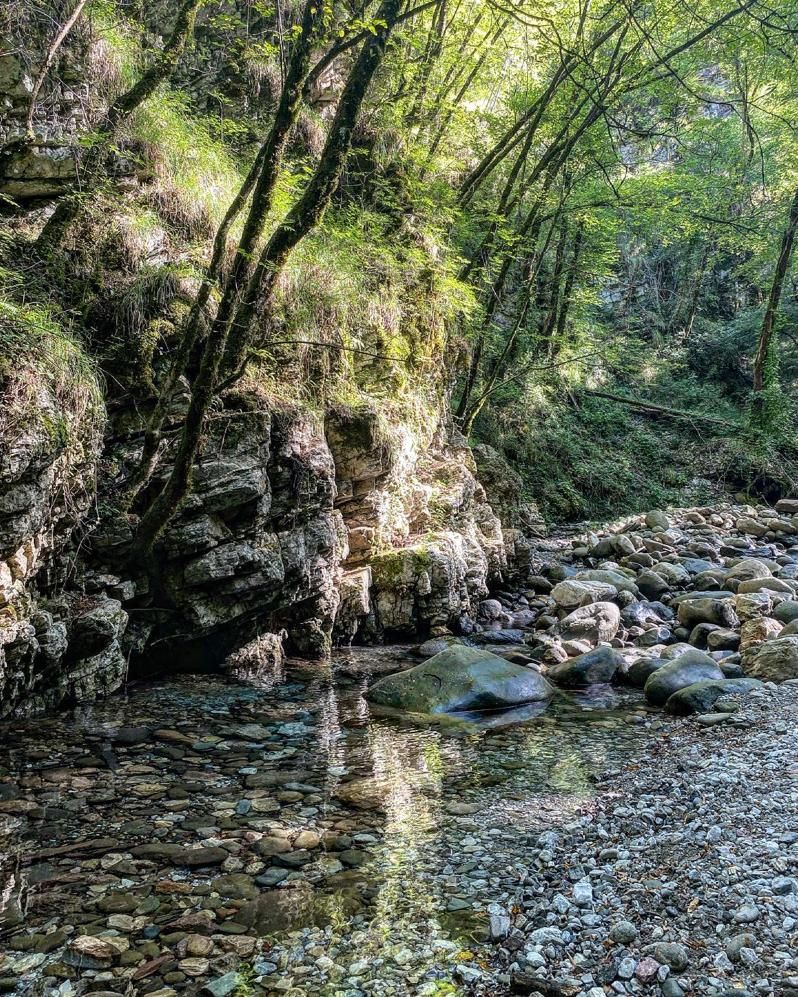
Titolo diapositiva
Scrivi qui la tua didascaliaPulsante
Titolo diapositiva
Scrivi qui la tua didascaliaPulsante
-
Orrido of Botri - Botri Canyon
A natural canyon just at little more than one hour drive from the Agriturismo I Pitti (80 km) and from Casa Rowe B&B.
An impressive limestone gorge rich with vegetation and rare animal species such as the royal eagle and the wolf.
This canyon in the Valle di Serchio is a paradise for nature lovers and those who adore the thrill of walking through a steep, rocky gorge. The Orrido forms a very narrow valley created by water erosion. Movements of the earth’s tectonic forces also played a role in creating this dramatic gorge, as fractures and crevasses aided the flow of water in shaping the land.
The reserve covers an area of 286 hectares and is run by the Carabinieri - State Parks Protection Service. All visits to the Orrido begin at the Ponte a Gaio (Gaio Bridge) which is the only way into the reserve.
Opening time: every day from July 11 to September 15 from 9 am to 6 pm
Free entrance
Reservation required at: +39 0583-800020
Visitors enter the canyon itself by walking along the river bed partly over pebbles and boulders, partly over massive blocks of rock, often through the ice cold water of the river up to the knees to the area called Piscina (Pool) and lasts about 4 hours back and forth.
We also had this adventure one time with a five years old child, and we had a lot of fun.
We certainly recommend to wear comfortable and appropriate clothing and to take spare clothes in case of a slide into the water. Even the shoes must be appropriate. A pair of sport shoes that you can also soak in the water is ideal.
The route has been divided 4 distinct traits for which you can walk along only a part of it.
Route along riverbed from Ponte a Gaio to Piscina 1. GUADINA 30 min. from Ponte a Gaio. The first narrowing of the torrent. It's approximately 80 mt in length.
2. PRIGIONI 45 min. from Ponte a Gaio Second narrowing of the torrent. A 500 mt walk in the water. The so called Solco Grande begins at the end of this area.
3. SALTO DEI BECCHI 80 min from Ponte a Gaio A calcareous platform where you can find large intensive eroded stones. At this point the path becomes difficult and it is recommended only for expert hikers; ropes are provided in some tracks.
4. PISCINA 120 min from Ponte a Gaio to Piscina. End of the authorized track. From here a very difficult mountain path begins for which a special authorization is needed.
Ravine of Botri Characteristics
14/8/2022
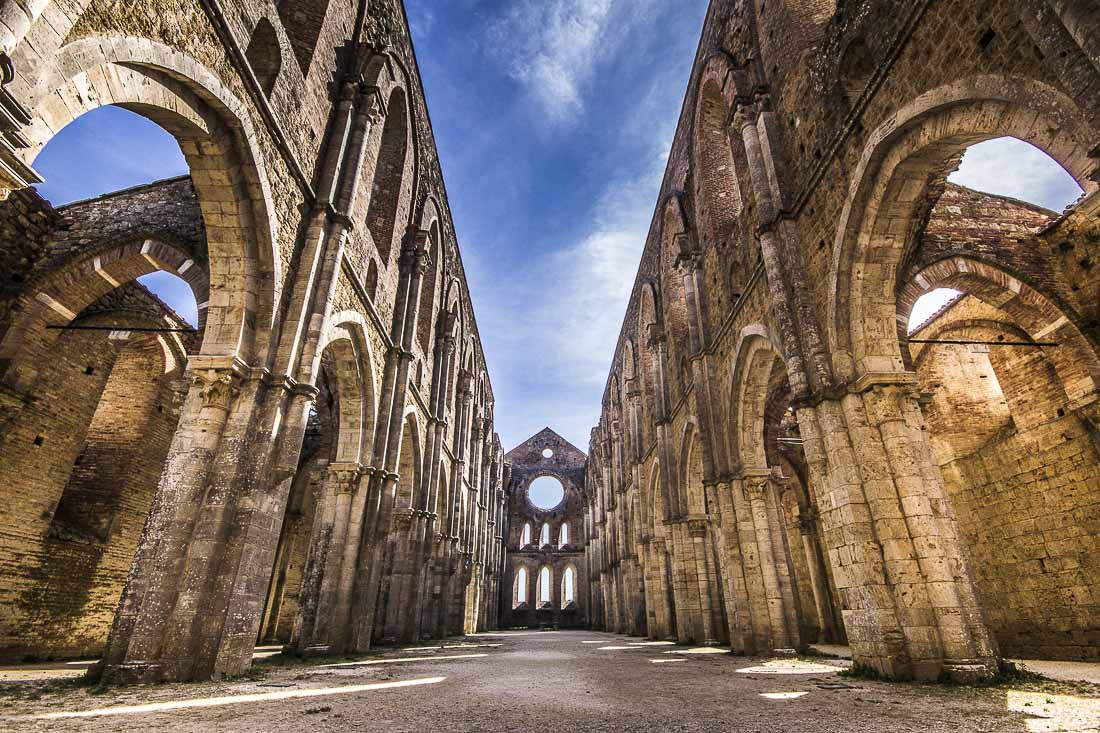
Slide title
Scrivi qui la tua didascaliaButton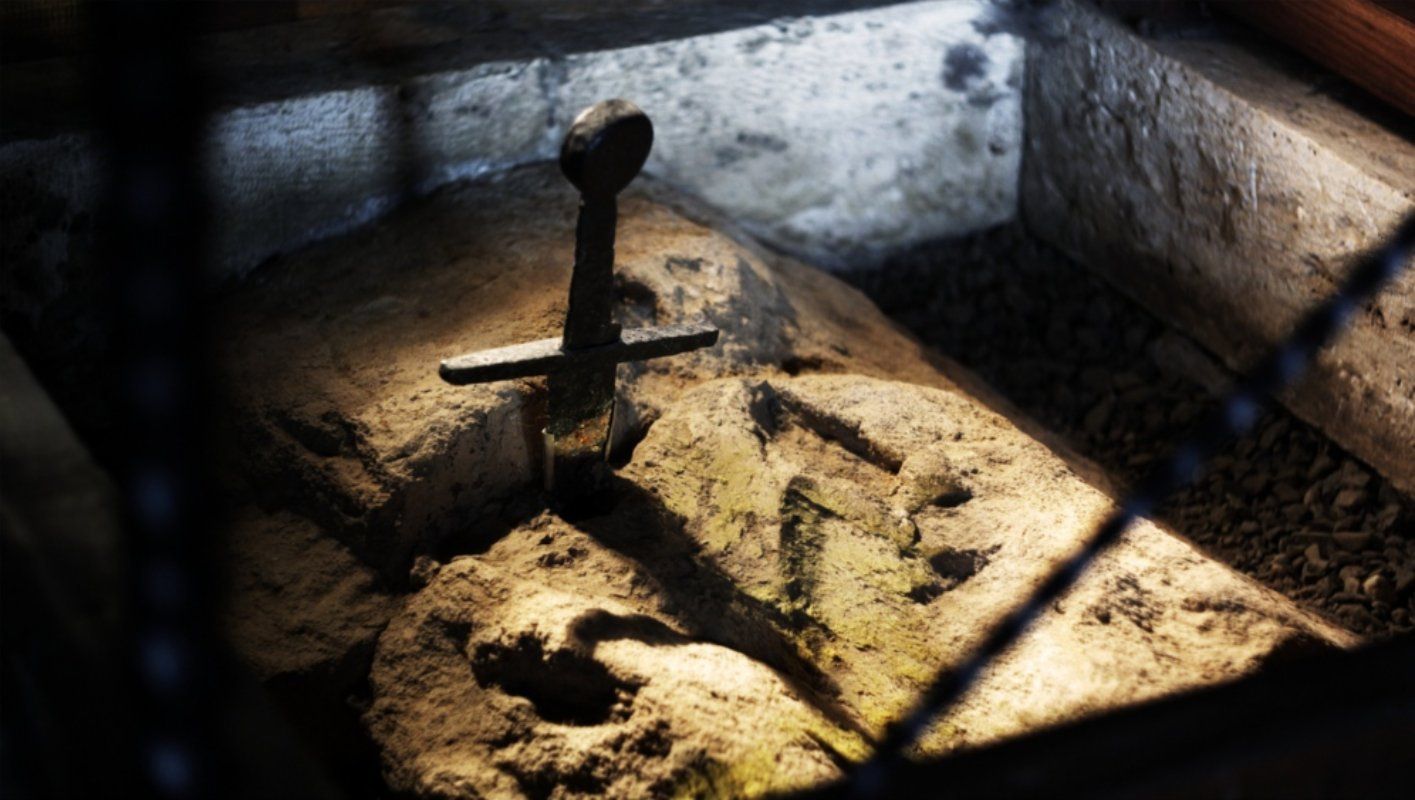
Slide title
Scrivi qui la tua didascaliaButton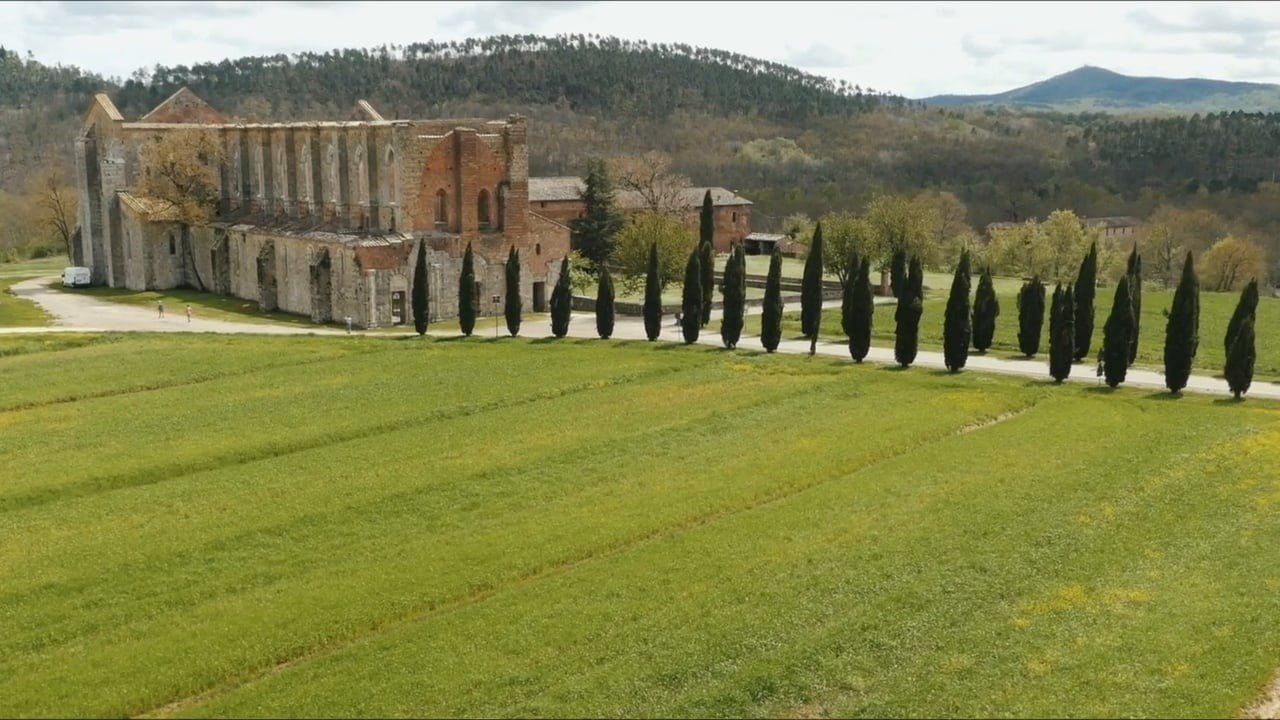
Slide title
Scrivi qui la tua didascaliaButton
Slide title
Scrivi qui la tua didascaliaButton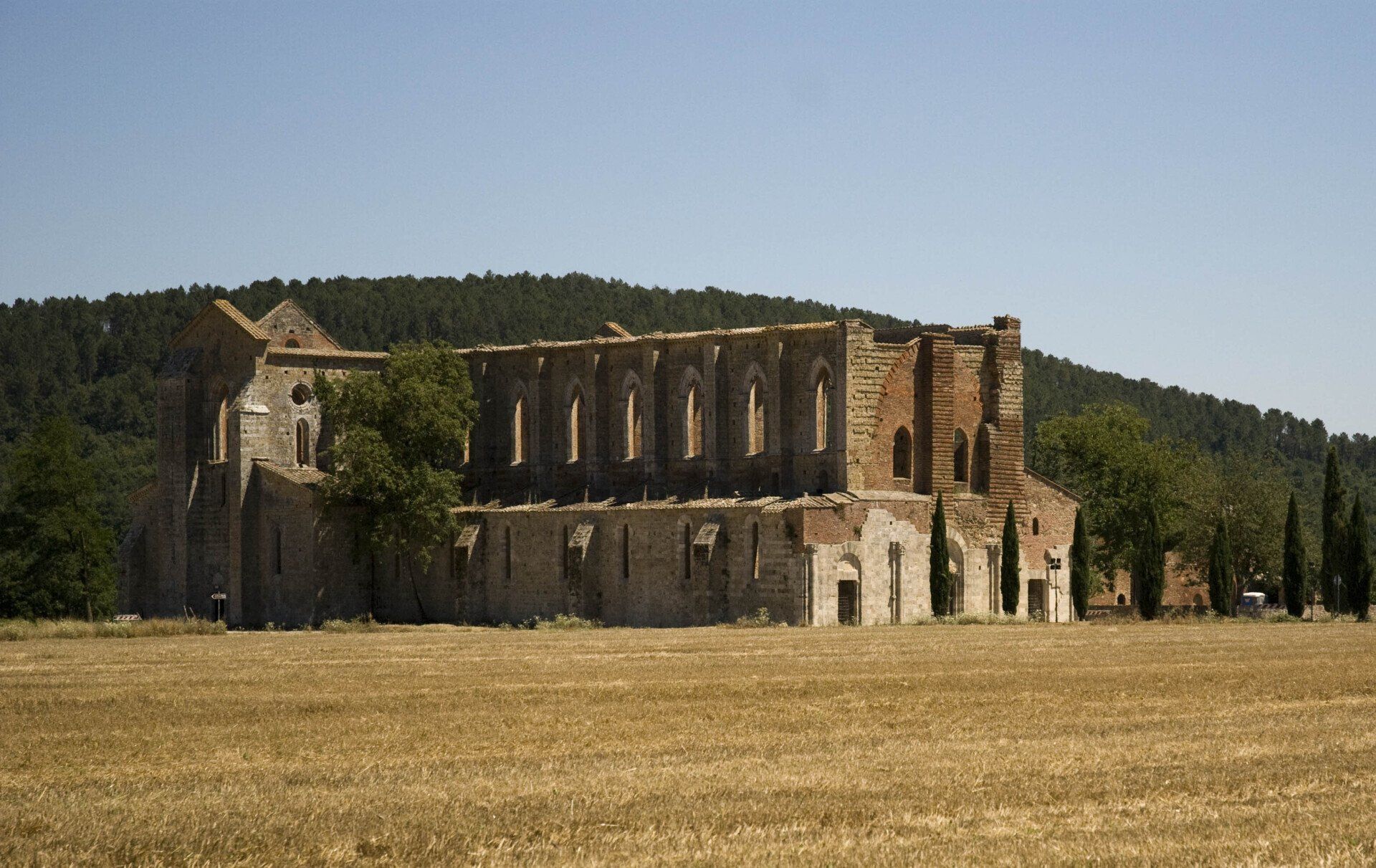
Slide title
Scrivi qui la tua didascaliaButton
-
Abbey of S. Galgano and the Sword in the Stone
The complex consisting of the hermitage or rotunda of Montesiepi and the ruins of the great circestian abbey of San Galgano, is one of the most evocative places in Tuscany and steeped in history and legend. Galgano Guidotti was born in 1148 in Chiusdino. Fierce knight, lover of adventure and life without rules, he led a dissolute life for over twenty years; then, tired of wars, he began his conversion by preaching for Siena and its surroundings until he retired to Montesiepi, where he plunged his sword deeply into the stone, making a cross with the hilt: a symbol of peace and redemption. Thus began a life as a hermit monk, and on the Montesiepi he peacefully met his death on December 3, 1181 (the year in which St. Francis of Assisi was born), at the age of 33. Four years later, he was made a saint. The hermitage of Montesiepi was built immediately after his death, above the ancient hut where Galgano lived the last year of his life. The church has a circular shape with a dome with chromatic bands alternating with rows of white stone and red bricks. In the valley below, we can admire the Cistercian abbey - with the classic Latin cross shape - whose construction began in 1218. The works lasted more than fifty years and was consecrated in 1288. After about a hundred years of splendor, a slow decline: in 1550 the abbey was deprived of the lead roof, and in 1786 a lightning bolt struck the bell tower. In 1789 it was deconsecrated and transformed into a farm. In the 19th century it was partially restored, but only in 1926 there were consolidation interventions to preserve what remains of the original structure to this day, as a place of striking beauty.
-
Opening Time and tickets
The Abbey of San Galgano is open every day at the following times:
from NOVEMBER to MARCH from 10:00 to 17:30;
APRIL, MAY and OCTOBER from 10:00 to 18:00;
JUNE and SEPTEMBER from 10:00 to 19:00;
JULY and AUGUST from 10:00 to 20:00.
On the occasion of weddings or other events the opening hours may vary (for information call 0577/756738).
Ticket prices for the visit of the monumental complex of San Galgano:
€ 5.00 full
€ 4.00 reduced (up to 18 years, over 65 years, groups over 20, students with university card, families of and over 4 members)
For information on opening times, consult the website of the Municipality of Chiusdino here
To reach the Abbey of S. Galgano both from the Agriturismo i Pitti and from Casa Rowe B&B you need a car and it takes about 1 hour and 45 minutes. Much of the route crosses a landscape of rare beauty, making the journey an extremely pleasant one.
Abbey of S. Galgano and the Sword in the Rock history and legend
14/8/2022

Titolo diapositiva
Scrivi qui la tua didascaliaPulsante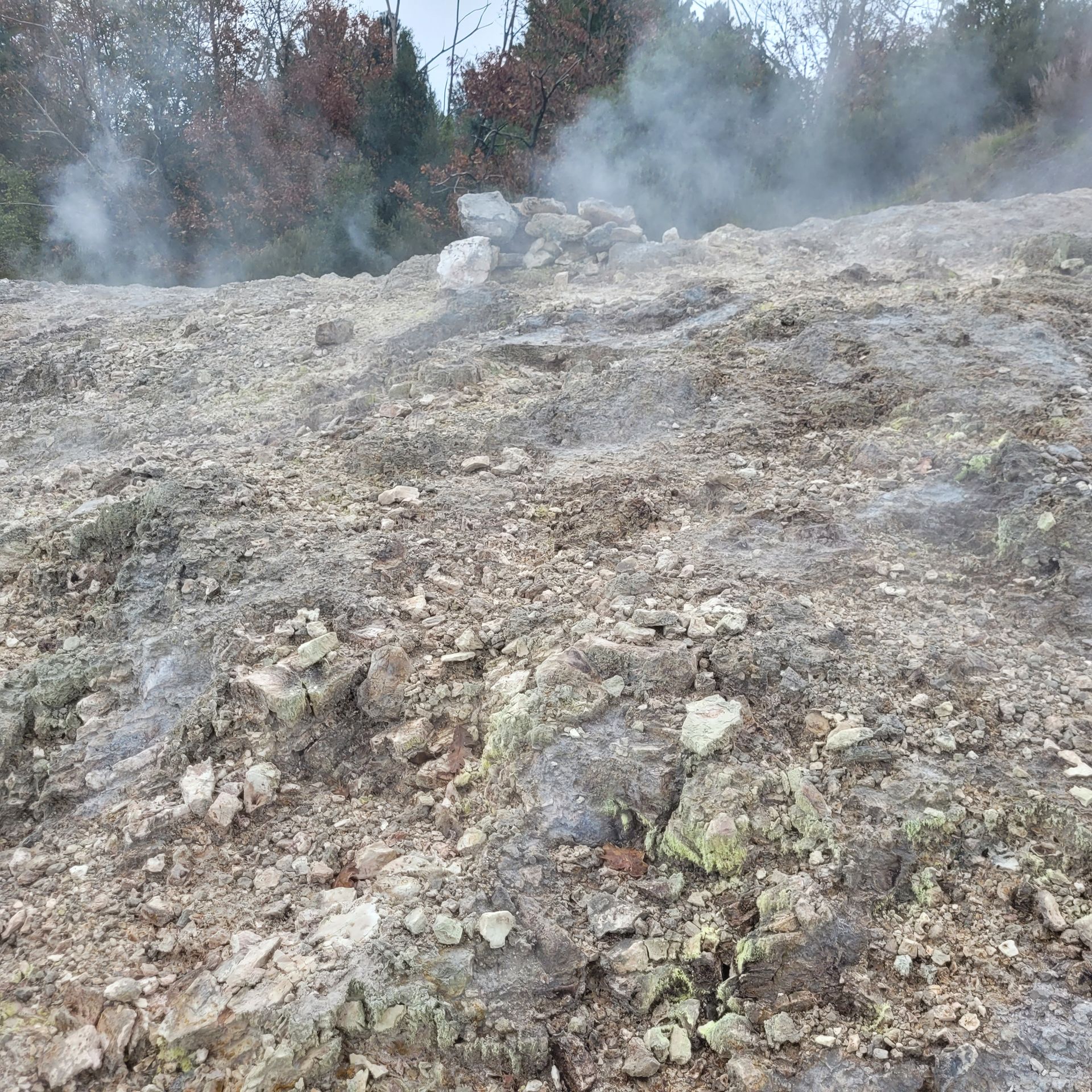
Titolo diapositiva
Scrivi qui la tua didascaliaPulsante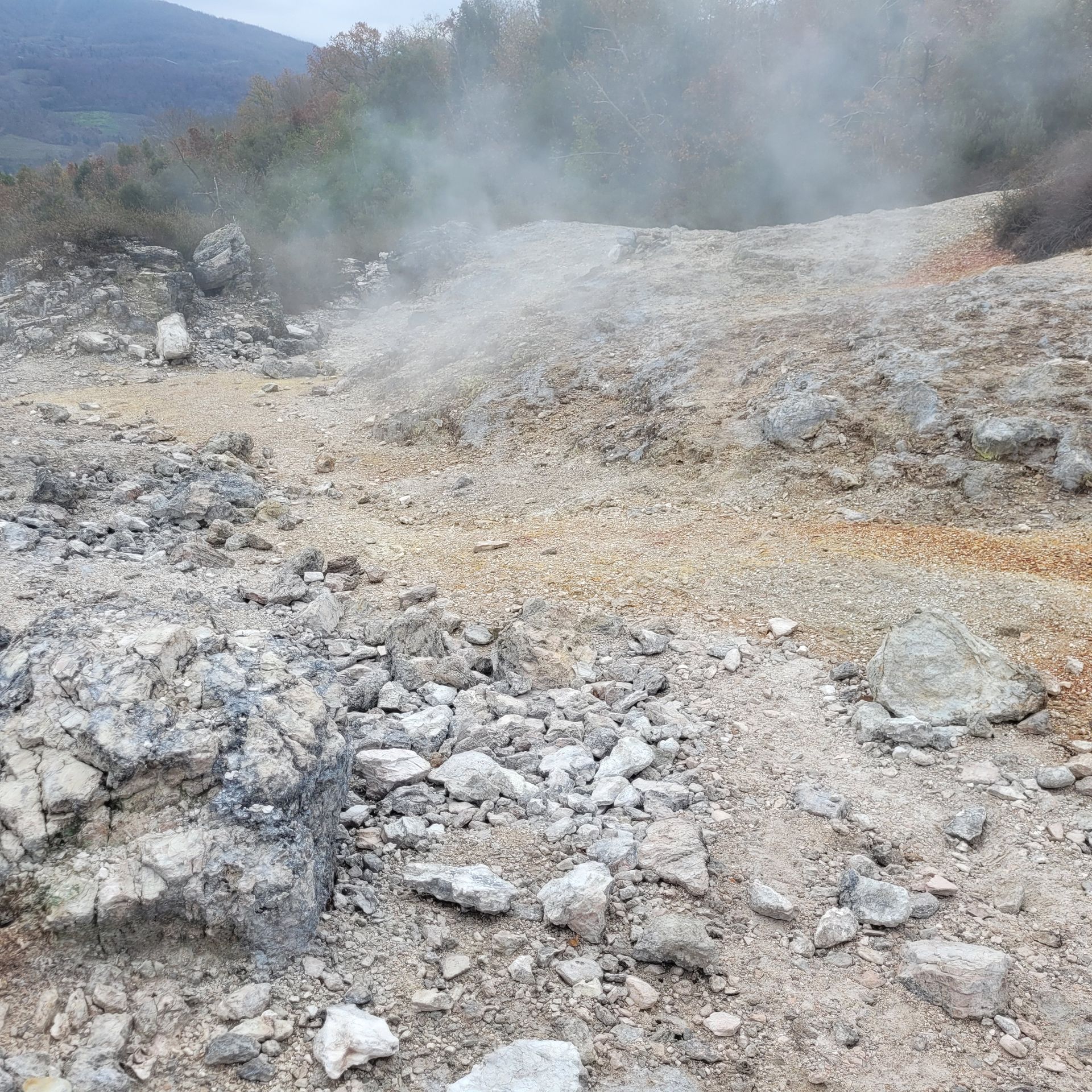
Titolo diapositiva
Scrivi qui la tua didascaliaPulsante
Titolo diapositiva
Scrivi qui la tua didascaliaPulsante
Titolo diapositiva
Scrivi qui la tua didascaliaPulsante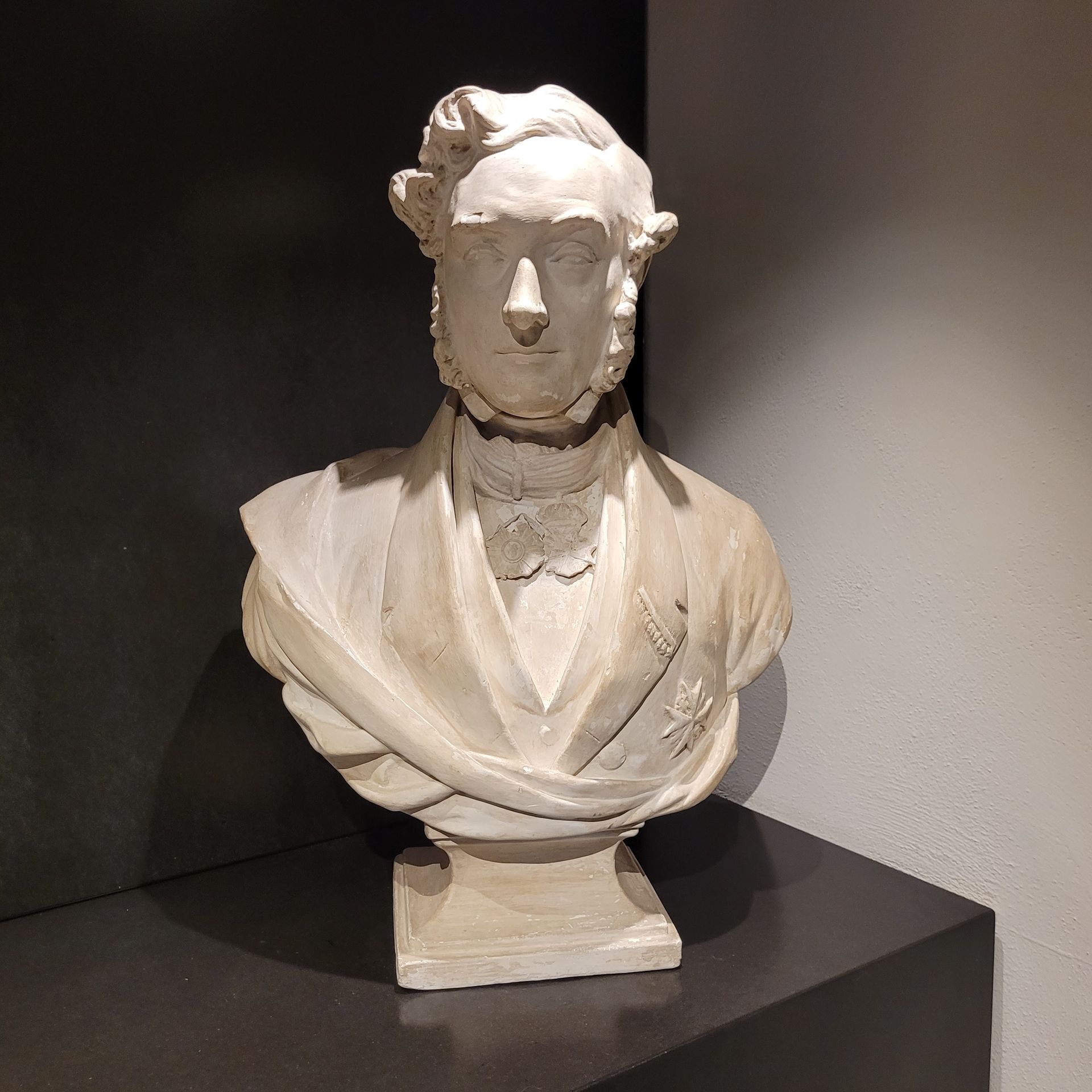
Titolo diapositiva
Scrivi qui la tua didascaliaPulsante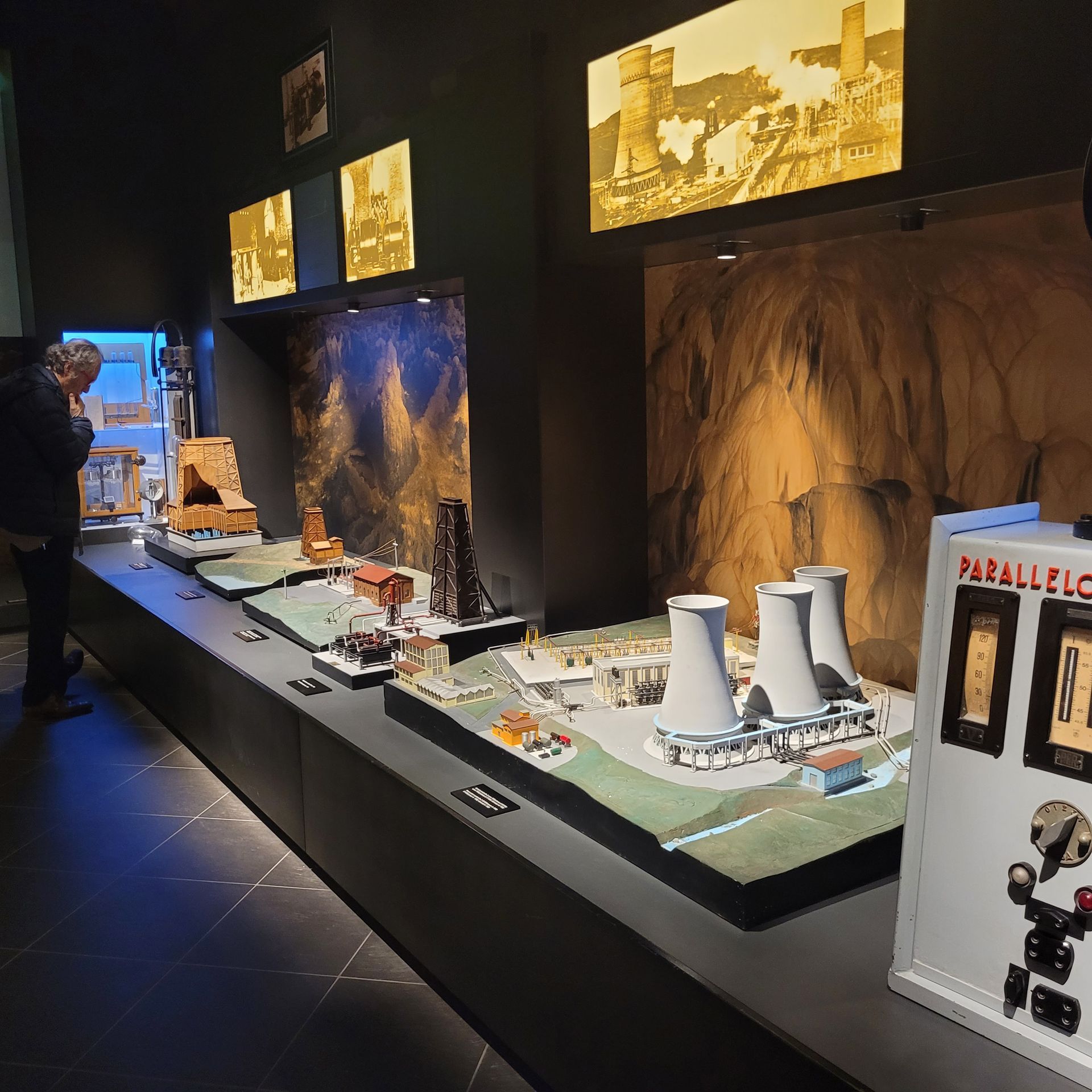
Titolo diapositiva
Scrivi qui la tua didascaliaPulsante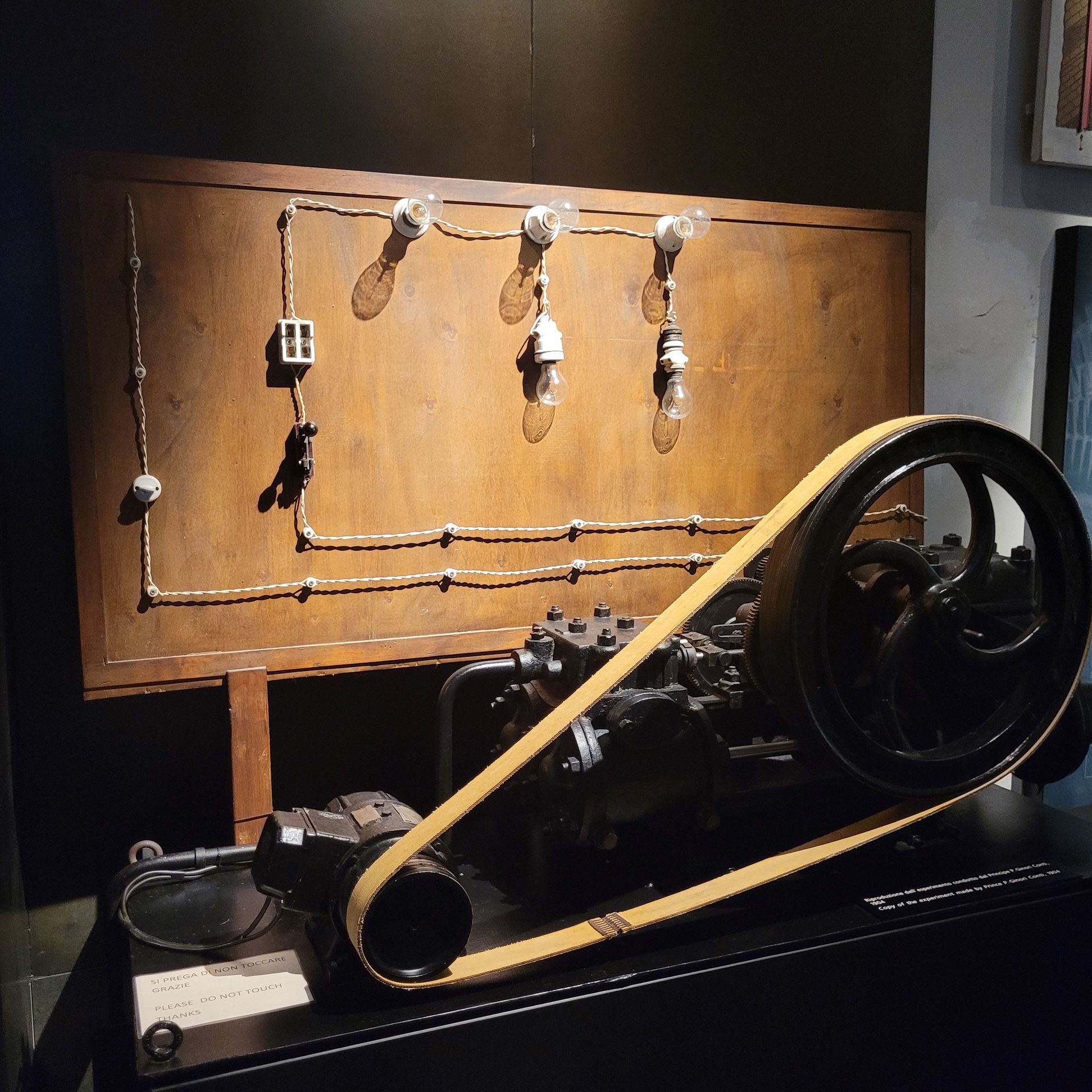
Titolo diapositiva
Scrivi qui la tua didascaliaPulsante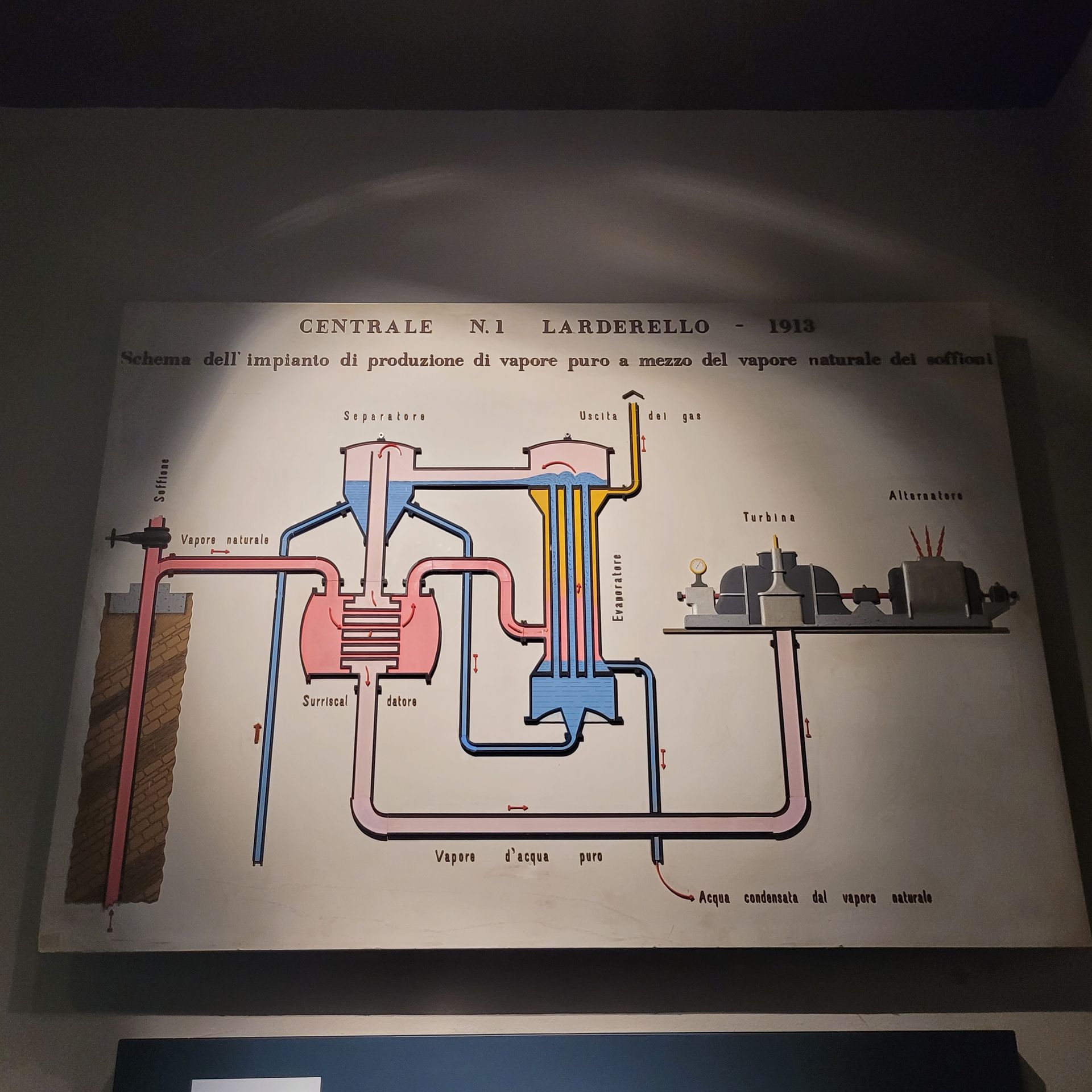
Titolo diapositiva
Scrivi qui la tua didascaliaPulsante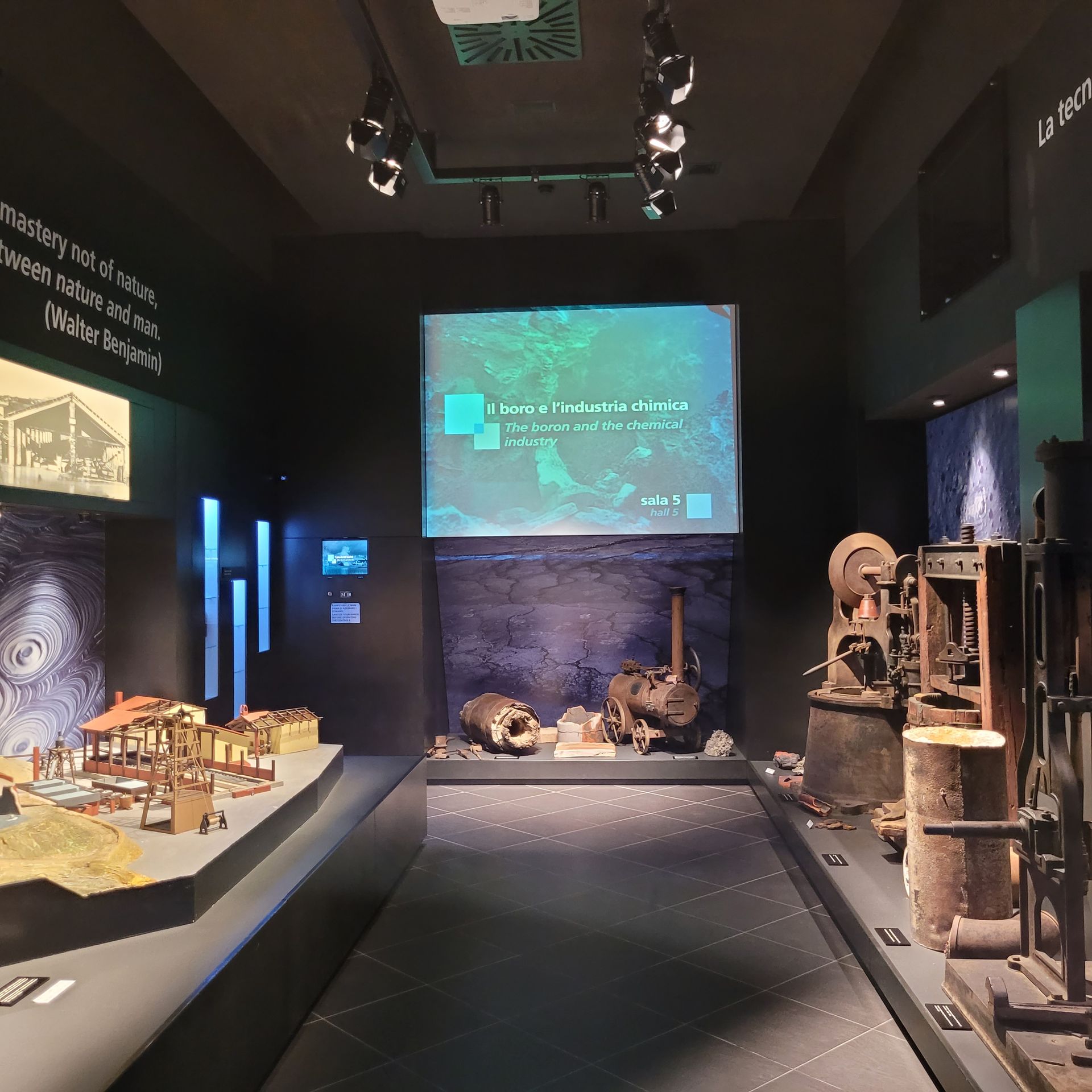
Titolo diapositiva
Scrivi qui la tua didascaliaPulsante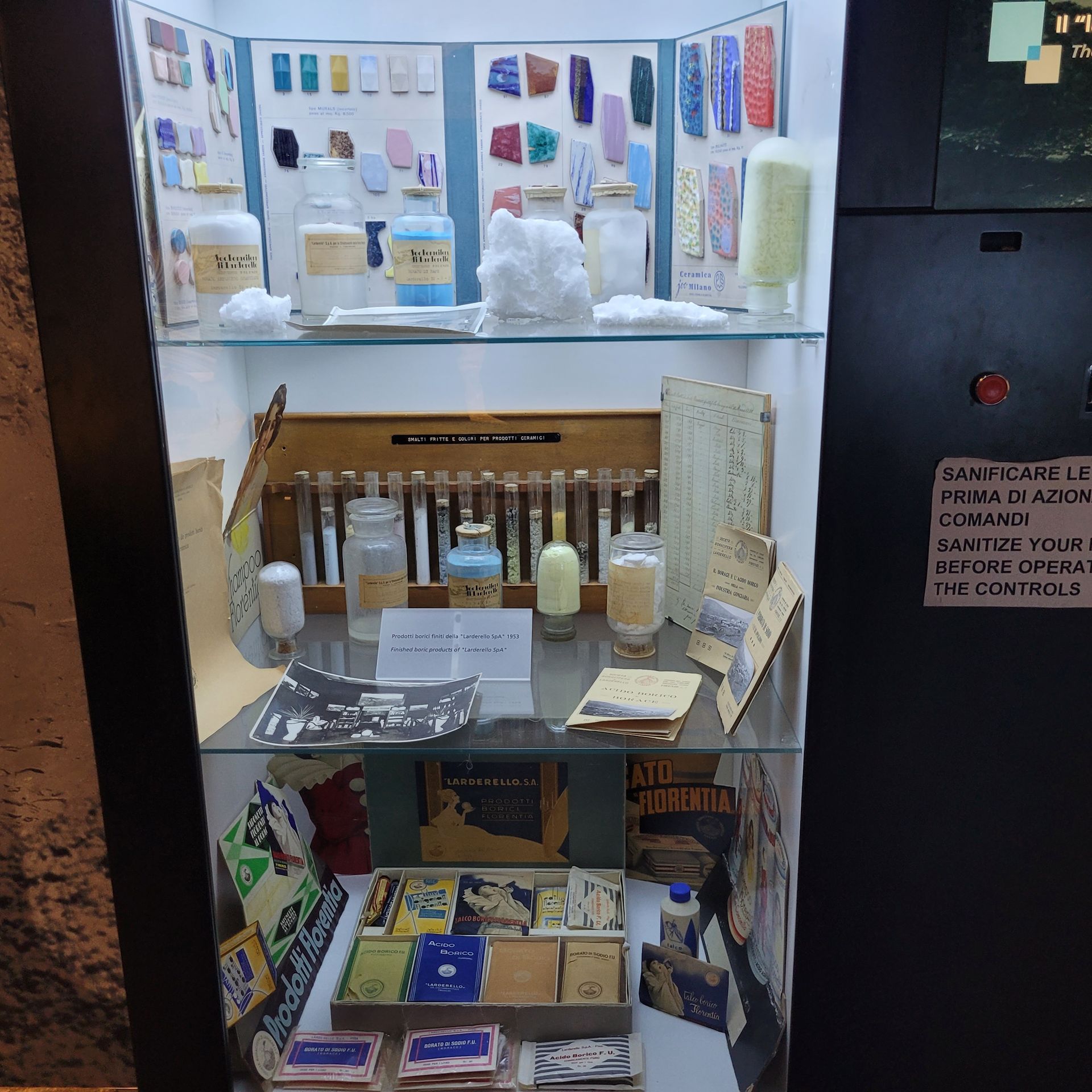
Titolo diapositiva
Scrivi qui la tua didascaliaPulsante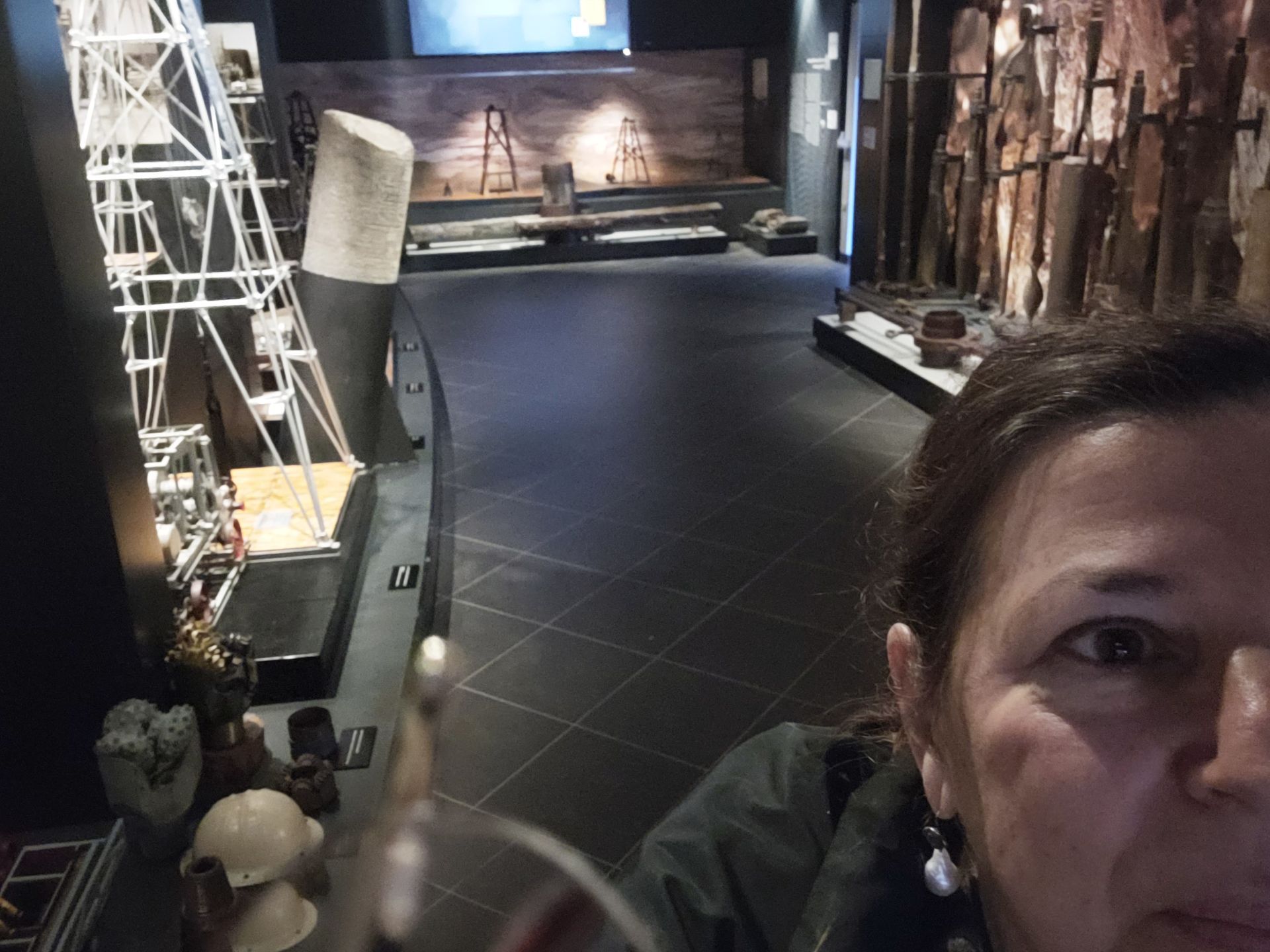
Titolo diapositiva
Scrivi qui la tua didascaliaPulsante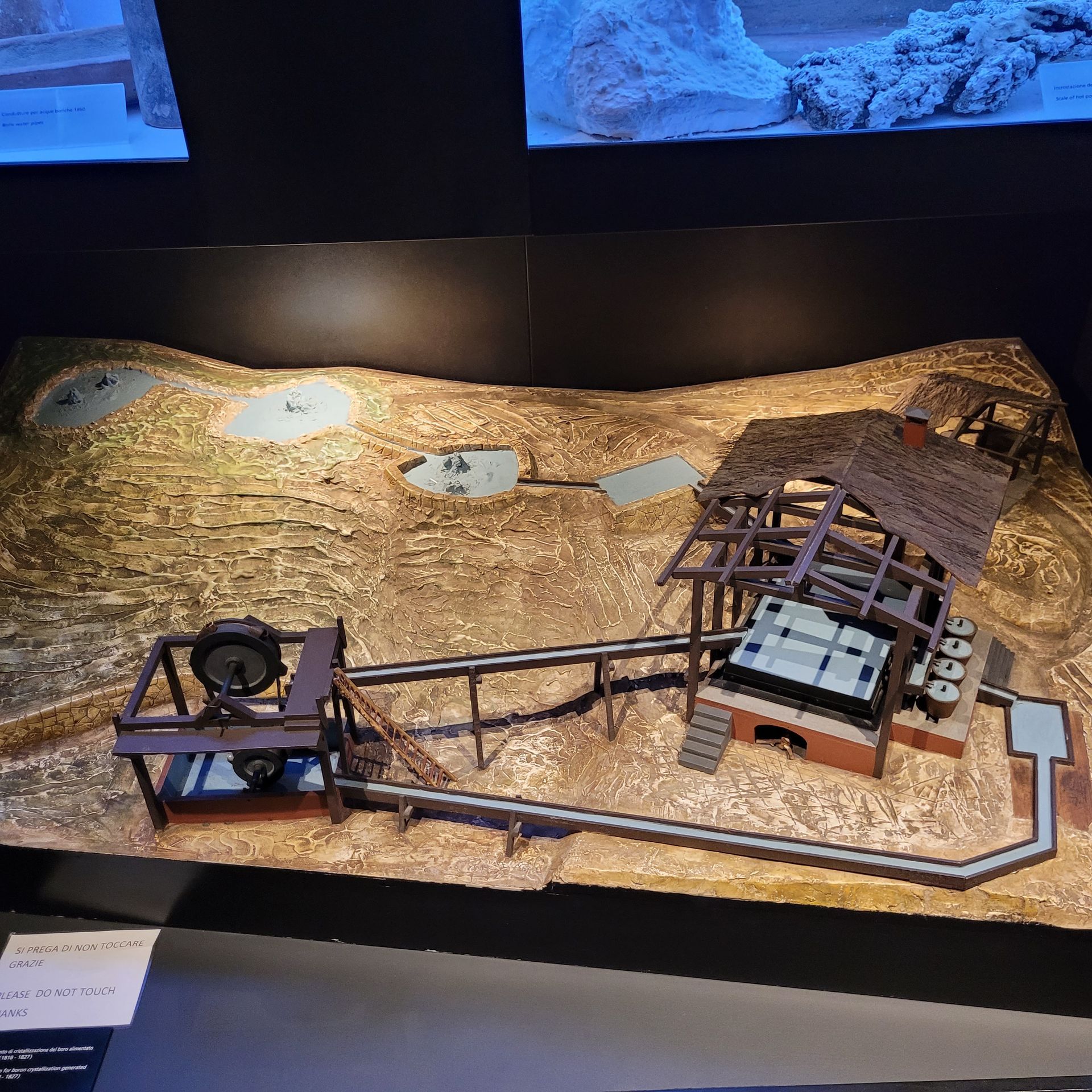
Titolo diapositiva
Scrivi qui la tua didascaliaPulsante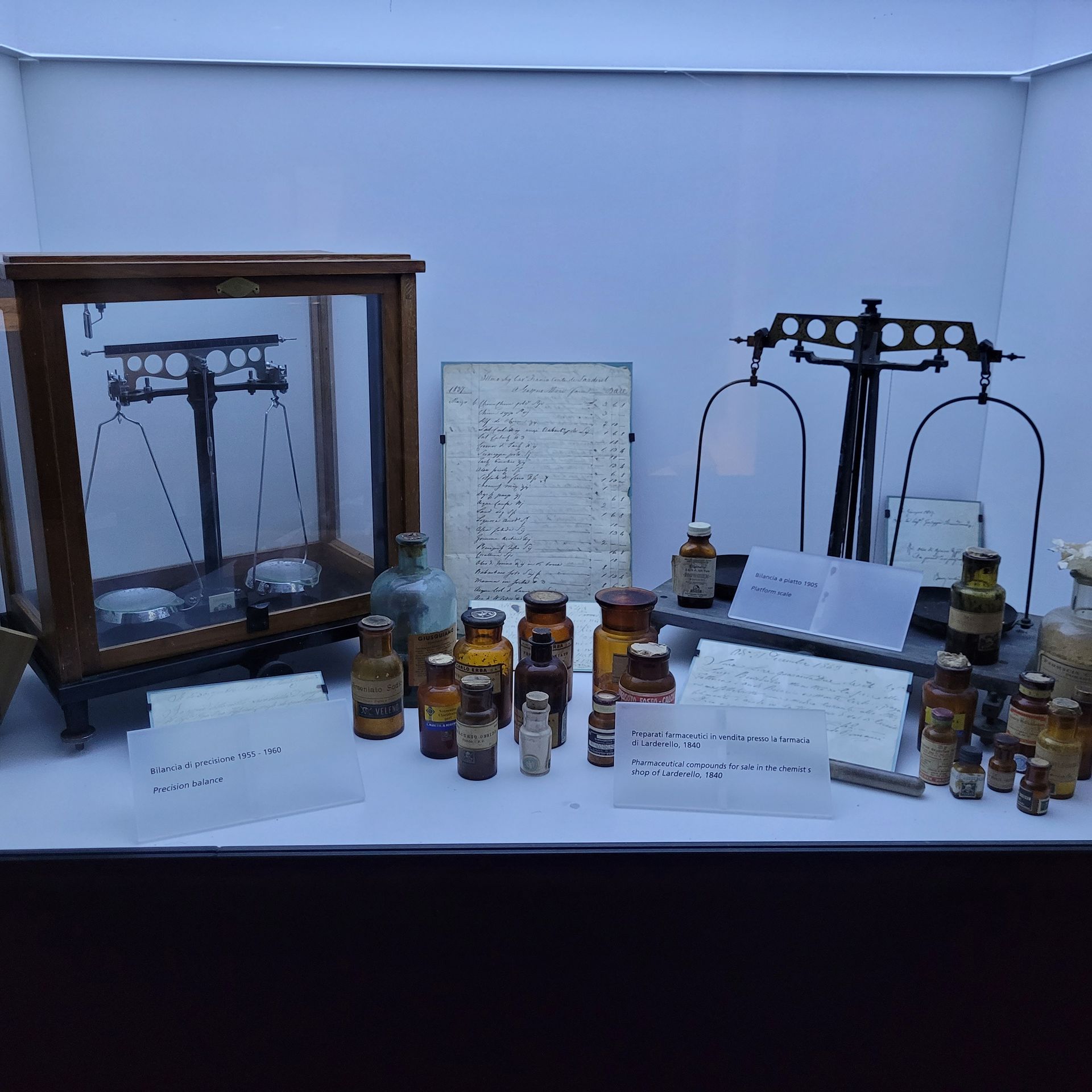
Titolo diapositiva
Scrivi qui la tua didascaliaPulsante
Titolo diapositiva
Scrivi qui la tua didascaliaPulsante
Titolo diapositiva
Scrivi qui la tua didascaliaPulsante
-
Larderello and the Geothermal Energy Museum
In the centre of Tuscany there is the largest geothermic area in Europe, still today called the Devil’s Valley. The landscape is characterized by the presence of refrigerating towers, and by an extensive network of shining tubes carrying the steam to the plants.
Geothermal energy is a clean and renewable source of power.
What is Geothermal energy? It can be compared to a pressure cooker on the stove. The source of heat is the magma; the bottom of the pressure cooker is the stratum of impermeable rocks; its internal part made up of permeable rocks is the tank with geothermal fluid; and the cover is made up of a stratum of impermeable rocks, the valves of this large pressure cooker are the drilling wells, and the vapour a spectacle of nature.
The whole boracic area boasted imposing natural phenomena: fumaroles, lagoni (hot mud ponds)
and geysers. Due to the drilling of ever deeper wells the phenomena have decreased in number, but there still are a few in the area between Sasso Pisano and Monterotondo.
Along the nature trail in Sasso Pisano and Monterotondo Marittimo, jasper and limestone rocks let the geothermal fluid reach the surface creating unique and unmistakable endogenous phenomena that have been compared to Hell.
Scattered vegetation, minerals, red-hot stones, very hot water springs between geysers and boiling water ponds, and traces of an illustrious past are only a few of the characteristics of this extraordinary area.
In some days (ask the Tourist Office) it is possible to assist to the opening of a tutorial well. Drilled in 1956, 740 metres deep and 9”5/8 wide, it produces about 10 tons of fluid per hour at a temperature of 180°C. Composition of the fluid: 96% steam, and 4% incondensable gases.
Not to be missed a visit to the Geothermal Energy Museum, founded by Larderello Spa in 1956, it is housed in Palazzo de Larderel. It is equipped with the most modern techniques of museography. It begins with the uses of this resource in the Etruscan era and in the Middle Ages continuing to the industrial development and to today’s challenge of the use of clean energy.
To complete the visit, in Sasso Pisano a thermal spa was built next to the age old wash-houses. It includes pools with whirlpool baths at 36°C, tepidarium and a bio-lake.
-
Opening time and tickets
Geothermal Energy Museum
Piazza Leopolda, Località Larderello
56045, Pomarance (PI)
Geomuseo.Enel.com
Mail: museogeotermia@idealcoop.com
Tel: +39 0588 67724
Mail Volterratur: info@volterratur.it
Tel: +39 0588 86099 (volterratur.it)
Opening hours
From 16th March to 31st October:
daily, from 09:30 a.m. until 06:30 p.m.
(Last visit at 06:00 p.m.)
From 1st November to 31st December:
open from Tuesday until Sunday (Monday closed) from 10:00 a.m. until 05:00 p.m.
(Last visit at 04:30 p.m.)
From 1st January:
Daily from 09:30 a.m. to 05:30 p.m.
(Last visit 05:00 p.m.)
RESERVATION IS NOT MANDATORY.
Free Entrance
To reach the Geothermal Energy Museum both from the Agriturismo i Pitti and the Casa Rowe B&B you need a car and it takes about 2 hours. Much of the route crosses a landscape of rare beauty, making the journey an extremely pleasant one.
Larderello and the Geothermal Energy Museum
14/1/2023

Titolo diapositiva
Scrivi qui la tua didascaliaPulsante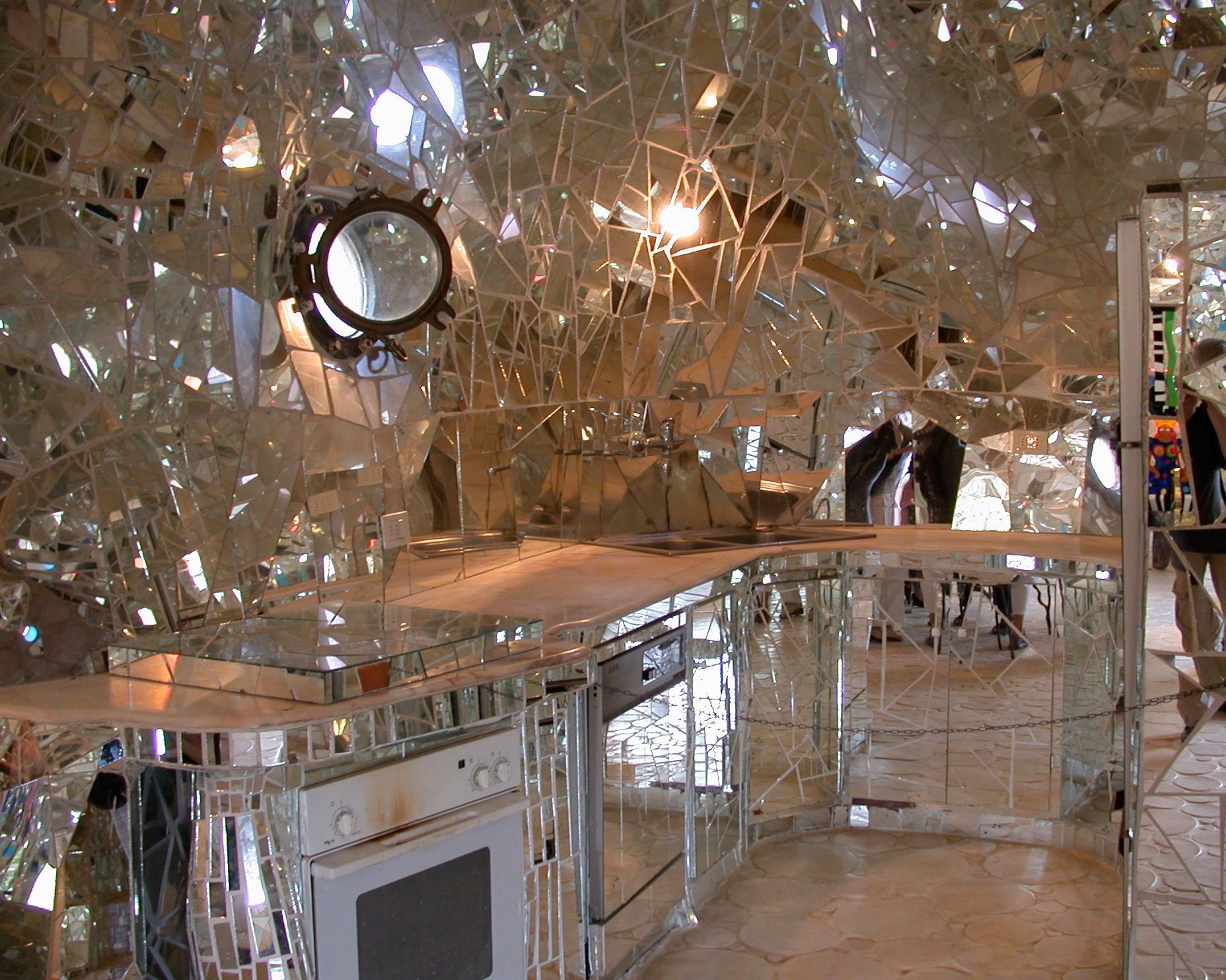
Titolo diapositiva
Scrivi qui la tua didascaliaPulsante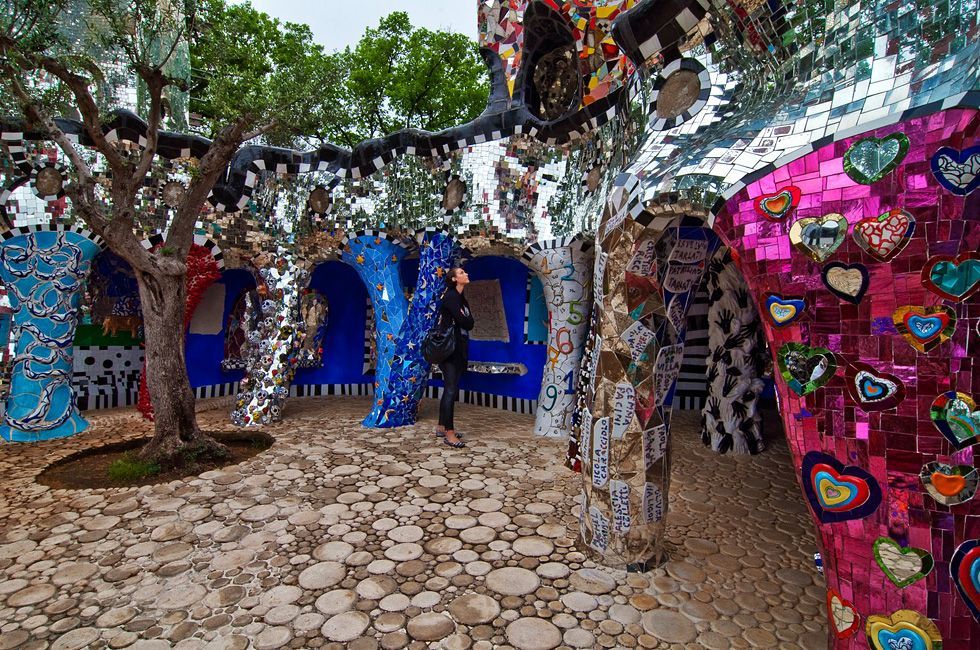
Titolo diapositiva
Scrivi qui la tua didascaliaPulsante
-
The Tarot-Garden at Capalbio – Niki de Saint Phalle
In the province of Grosseto, municipality of Capalbio, in the hamlet Garavicchio, there is a truly unique art park, which is worth a visit, perhaps combined with a stop for a few hours at the beach.
It is the Tarot Garden, created by the artist Niki de Saint Phalle made by gigantic sculptures of women, 12 to 15 meters high, very colorful, representing the major arcana of the tarot, 21cards plus the Fool.
The garden, perfectly inserted in the Maremma hilly landscape, is a real open-air museum, unique in the world, of great charm that drags the observer into a fairytale world.
The artist Niki de Saint Phalle worked on the creation of this environmental art masterpiece from 1980 to 1996, while the opening to the public took place in 1998.
It is a space that seems out of time and out of the world with narrow streets dotted with titanic and garish coloured statues, like an initiatory journey in which one is invited to get lost. Among the sculptures we meet the World, depicted as a globe surmounted by a woman wrapped up in a snake, we get to know the Devil, represented by a woman with wings, the Fool, or the origin of chaos.
The history of the garden originates in 1955 when Niki de Saint Phalle visited Park Guell in Barcelona and was struck by the work of Gaudì.
In Capalbio she found the right place to create her own park. It was not a simple venture above all because it was totally self-financed. This caused interruptions several times while waiting to obtain new funds from the sale of her works; it seems that a third of the garden was made with a perfume of her creation.
For Niki de Sait Phalle the tarot was a tool for understanding life, the complexity of the world. In Paris she had known the world of esotericism and she cultivated this interest throughout her life making it an artistic and spiritual beacon.
The artist died of pneumonia in 2002 in San Diego.
The Garden is currently managed by the Foundation of the Tarot Garden, a private foundation intended by the artist herself who has the task of managing the park and ensure the constant maintenance it needs.
-
Entrance times and Tickets
The park is open daily from April 1 to October 15 from 2.30 to 7.30 pm, last entrance at 6.15pm
The price of admission is 14 Euro.
Reduced price for people from 7 to 22 and over 65 is 9 Euro.
Children under 6 years old and disabled: free admission.
Dogs on a leash are allowed
Address:
Il Giardino dei Tarocchi - 58011 Capalbio (gr)- località Garavicchio - tel 0564 895 122
Reservation required: only online reserversation guarantees admission to the museum. Purchase your TICKET ON LINE
For further information
The Tarot-Garden at Capalbio – Niki de Saint Phalle
27/2/2023
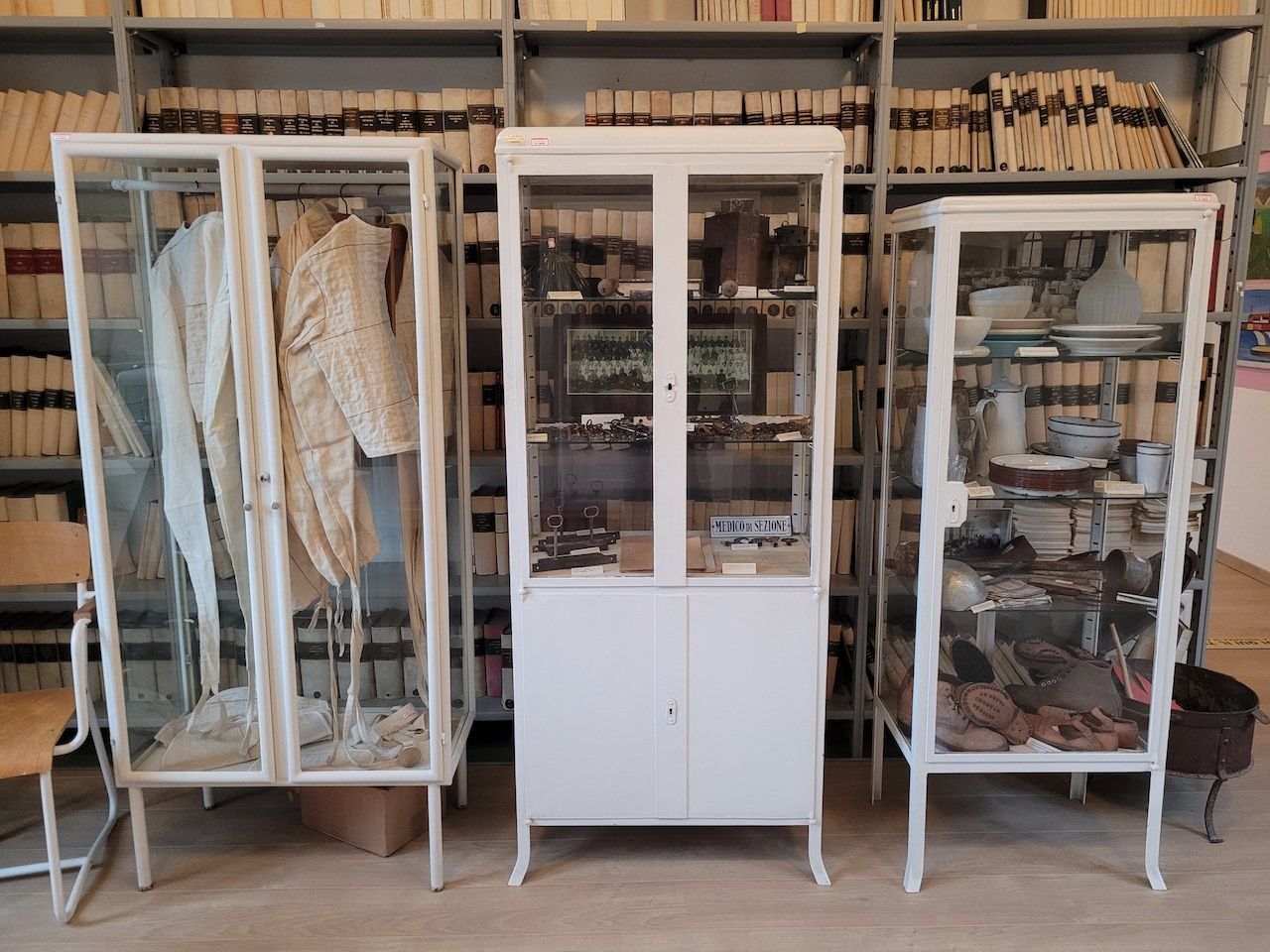
Titolo diapositiva
Scrivi qui la tua didascaliaPulsante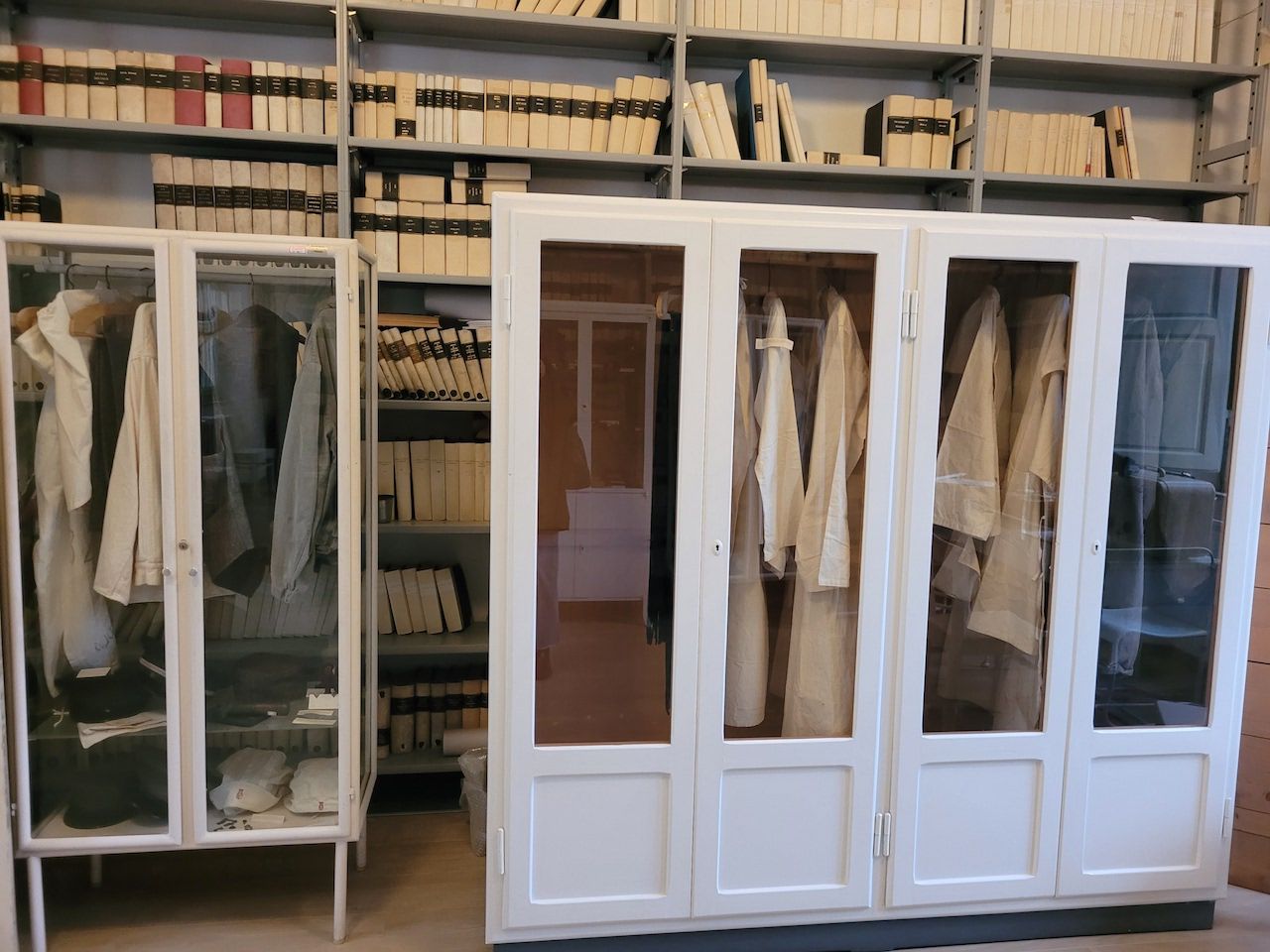
Titolo diapositiva
Scrivi qui la tua didascaliaPulsante
Titolo diapositiva
Scrivi qui la tua didascaliaPulsante
Titolo diapositiva
Scrivi qui la tua didascaliaPulsante
Titolo diapositiva
Scrivi qui la tua didascaliaPulsante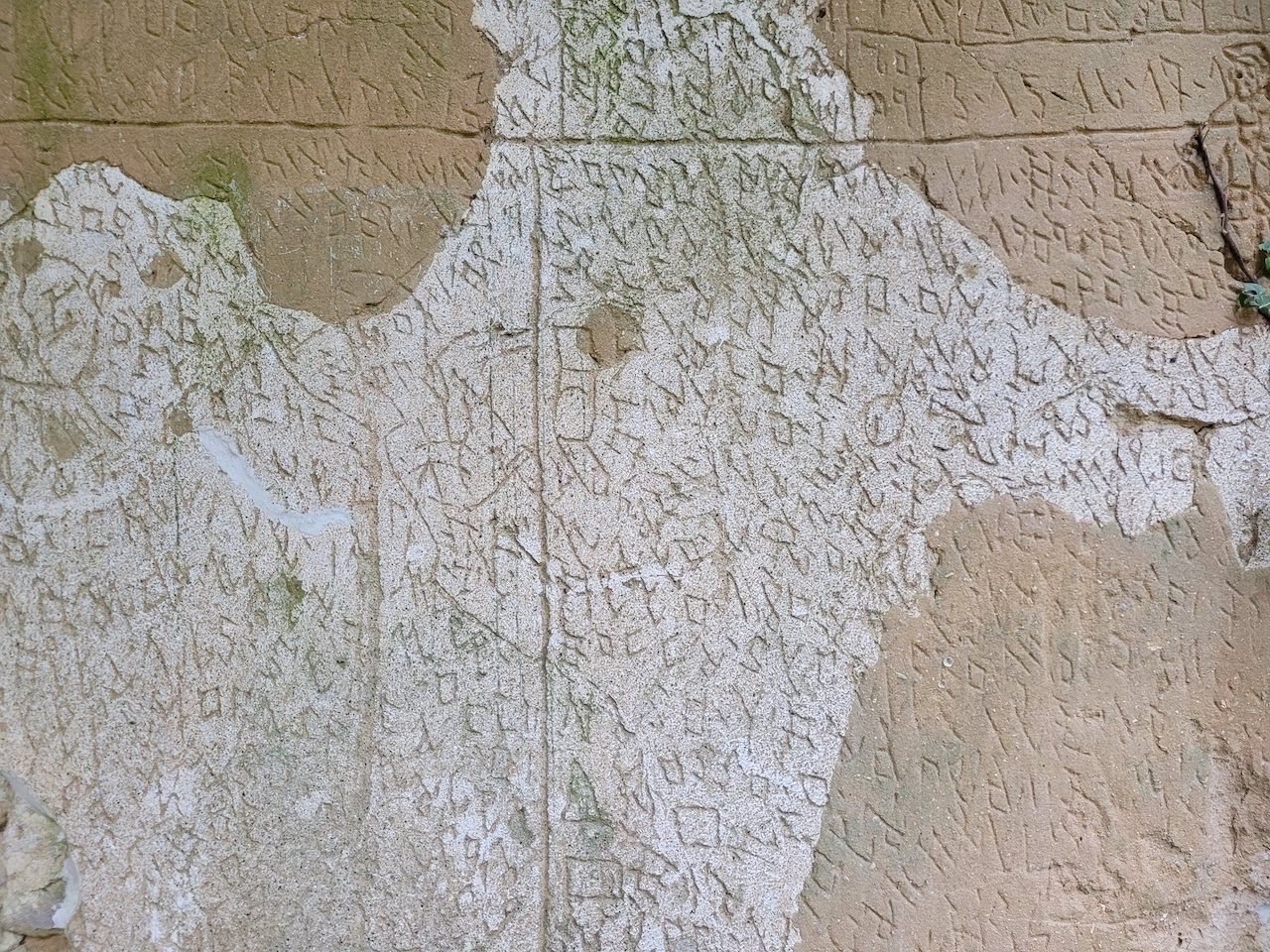
Titolo diapositiva
Scrivi qui la tua didascaliaPulsante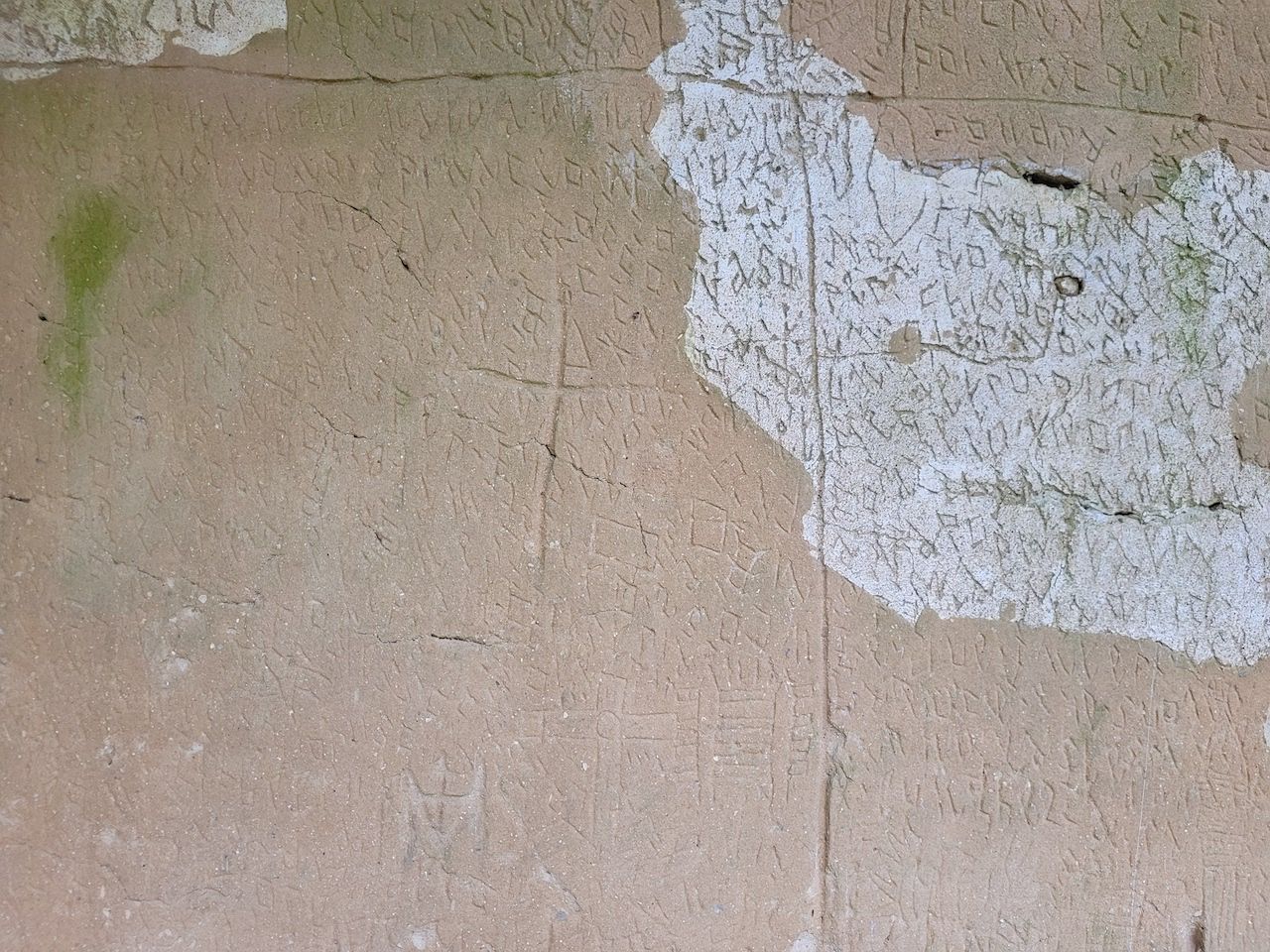
Titolo diapositiva
Scrivi qui la tua didascaliaPulsante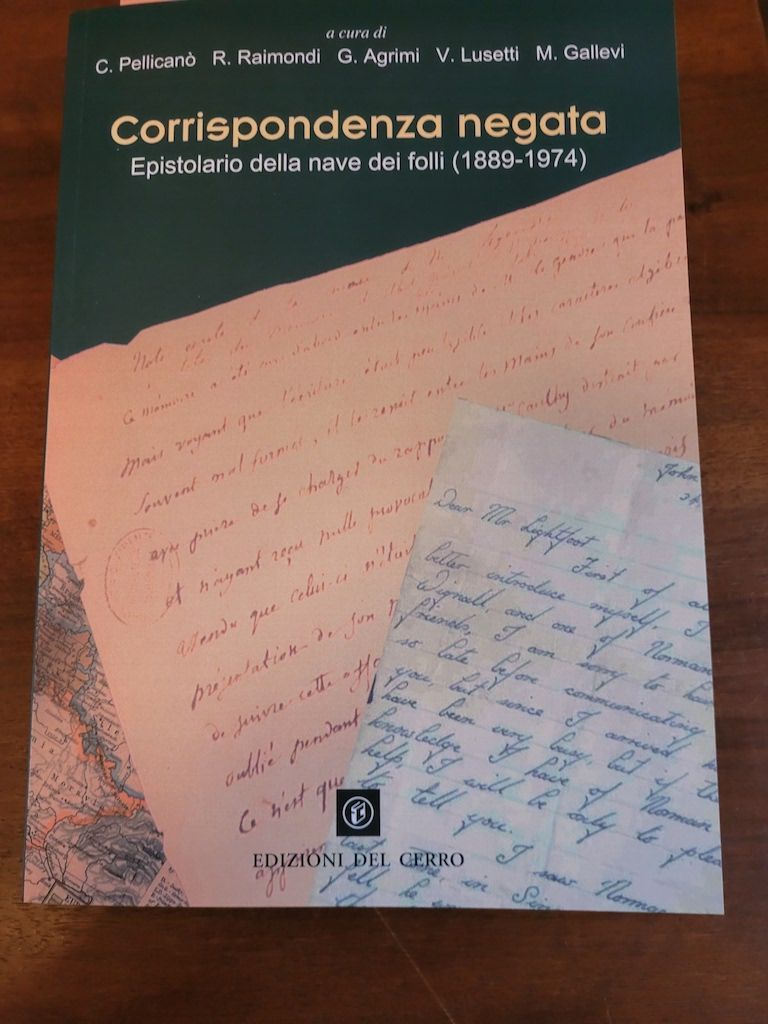
Titolo diapositiva
Scrivi qui la tua didascaliaPulsante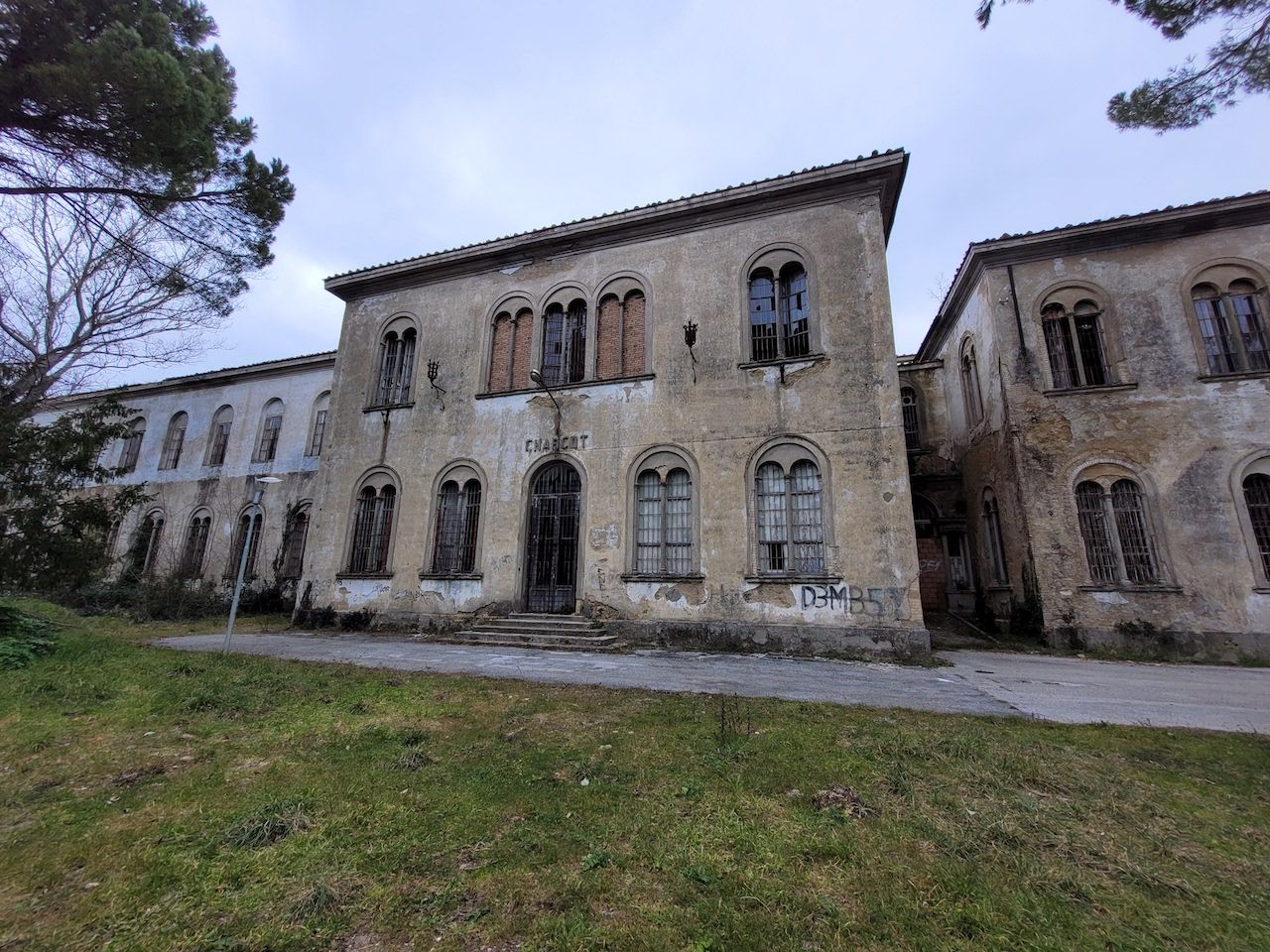
Titolo diapositiva
Scrivi qui la tua didascaliaPulsante
-
Former Mental Hospital in Volterra
The Volterra Mental Hospital was one of the most important psychiatric hospitals in Europe. Built in 1888, the hospital is formed by a group of buildings located on a panoramic hill near the city of Volterra, and is surrounded by walls.
The Volterra mental hospital was founded with the objective of providing therapeutic treatments for patients suffering from mental illnesses, who were then considered "mad" and relegated to places of isolation and abandonment. Over the years, the hospital has housed thousands of patients from all over Italy, who have lived within the walls for decades, until the closure of the institute in 1978.
Among the doctors who worked at the Volterra mental hospital, the names of Vincenzo Chiarugi and Cesare Lombroso stand out. Chiarugi, considered the father of Italian psychiatry, introduced new methods of care for mental patients, focusing on the importance of hygiene, nutrition, and contact with nature. Lombroso, on the other hand, was one of the first scholars to seek a scientific explanation for mental illness, particularly interested in the biological and physiological causes of psychosis and delirium.
Dr. Luigi Scabia was one of the doctors who played a crucial role in the history of the Volterra mental hospital. After World War II, Scabia worked on the renovation of the hospital, putting into practice new methods of care that emphasized the importance of a humanistic approach and patient involvement in managing their own treatment. Scabia believed that mentally ill patients should be treated with compassion and respect, and that their recovery also depended on their active involvement in therapy.
Thanks to Dr. Scabia's work, the Volterra mental hospital became a place where patients were treated with dignity and respect, and where medical and nursing staff worked to provide the best available level of care. This innovative approach had a significant impact on the care of mentally ill patients in Italy and Europe, and the Volterra mental hospital became a model for other psychiatric hospitals around the world.
Today, the Volterra mental hospital has been transformed into a museum, and it is possible to visit the various pavilions, to discover the history of the hospital and the patients who were hospitalized there. The museum visit also offers the opportunity to learn about the different treatments used to treat mental illnesses over time, from the most primitive and cruel methods to the most advanced and modern ones.
Once a month, a guided tour is organized which leads to the discovery of this particular place with a thousand facets which preserves the historical memory of the hospital and of the people who have been treated there. The visit represents an opportunity to learn about the history of the hospital and the work of Dr. Scabia, who has contributed to changing the concept of care for the mentally ill in Italy and throughout the world.
-
Guided Tours
Visite Guidate
To be updated
Former Mental Hospital in Volterra short history and description
21/4/2023



